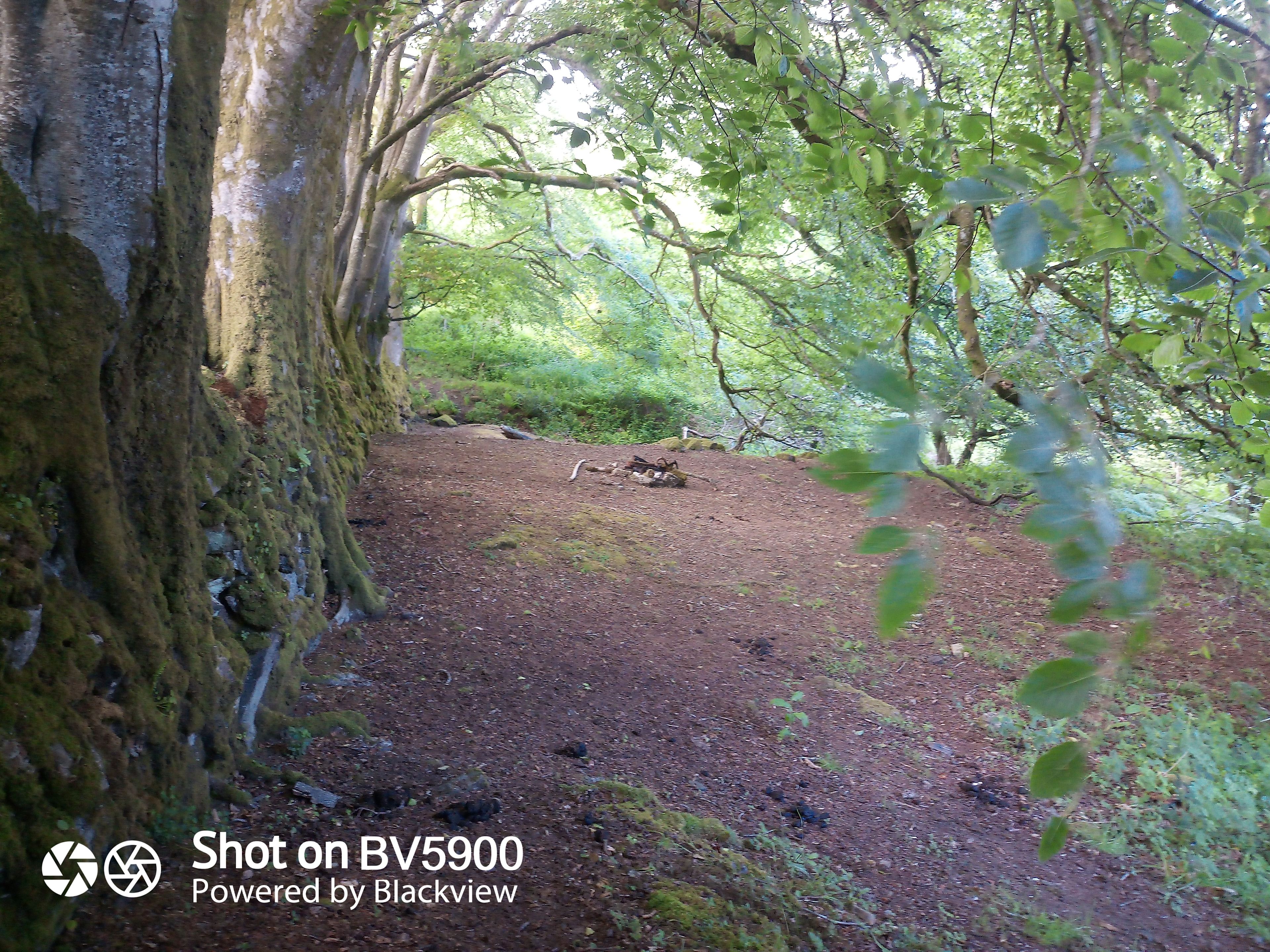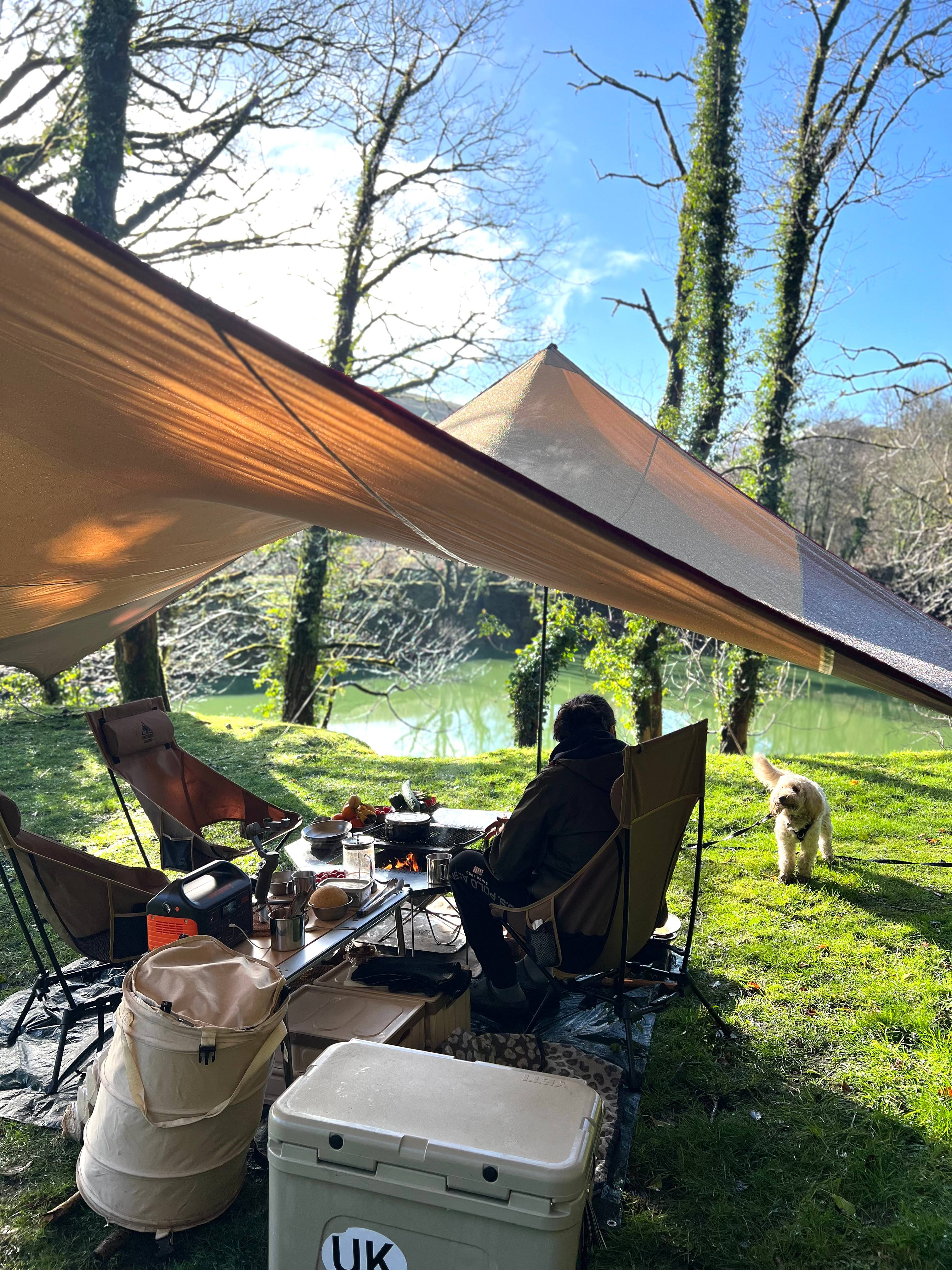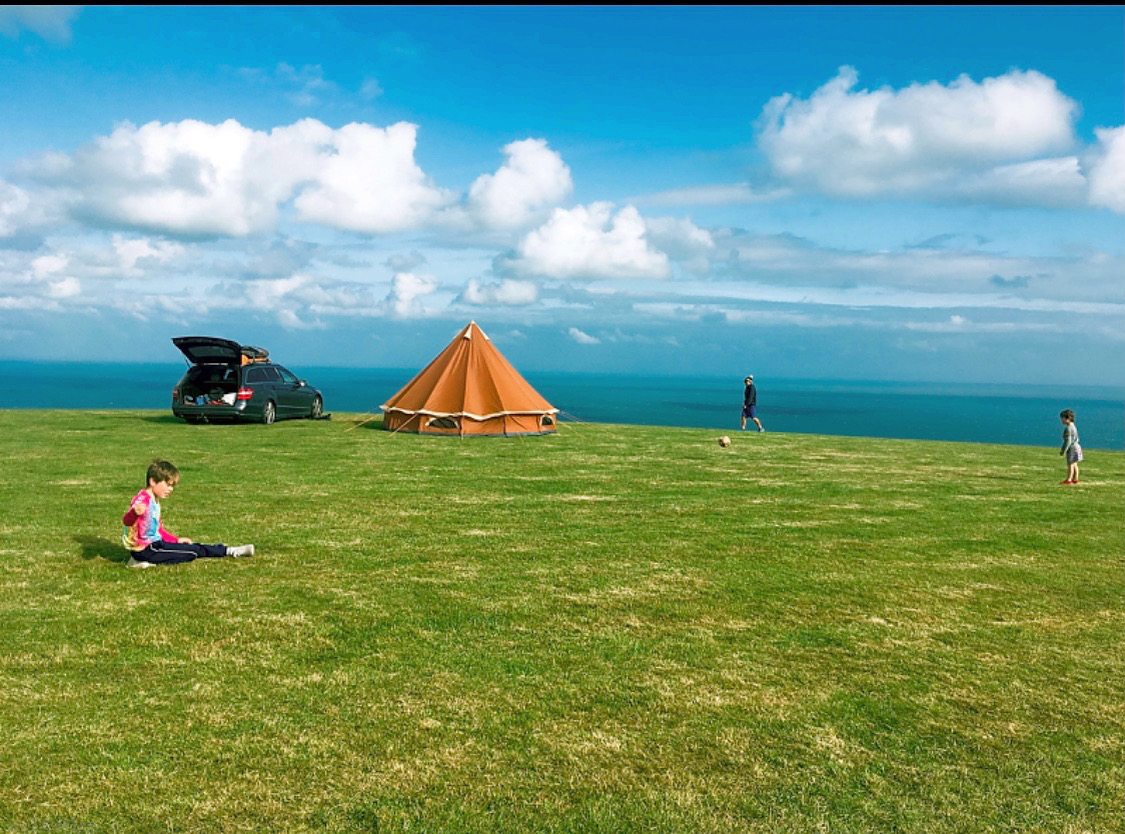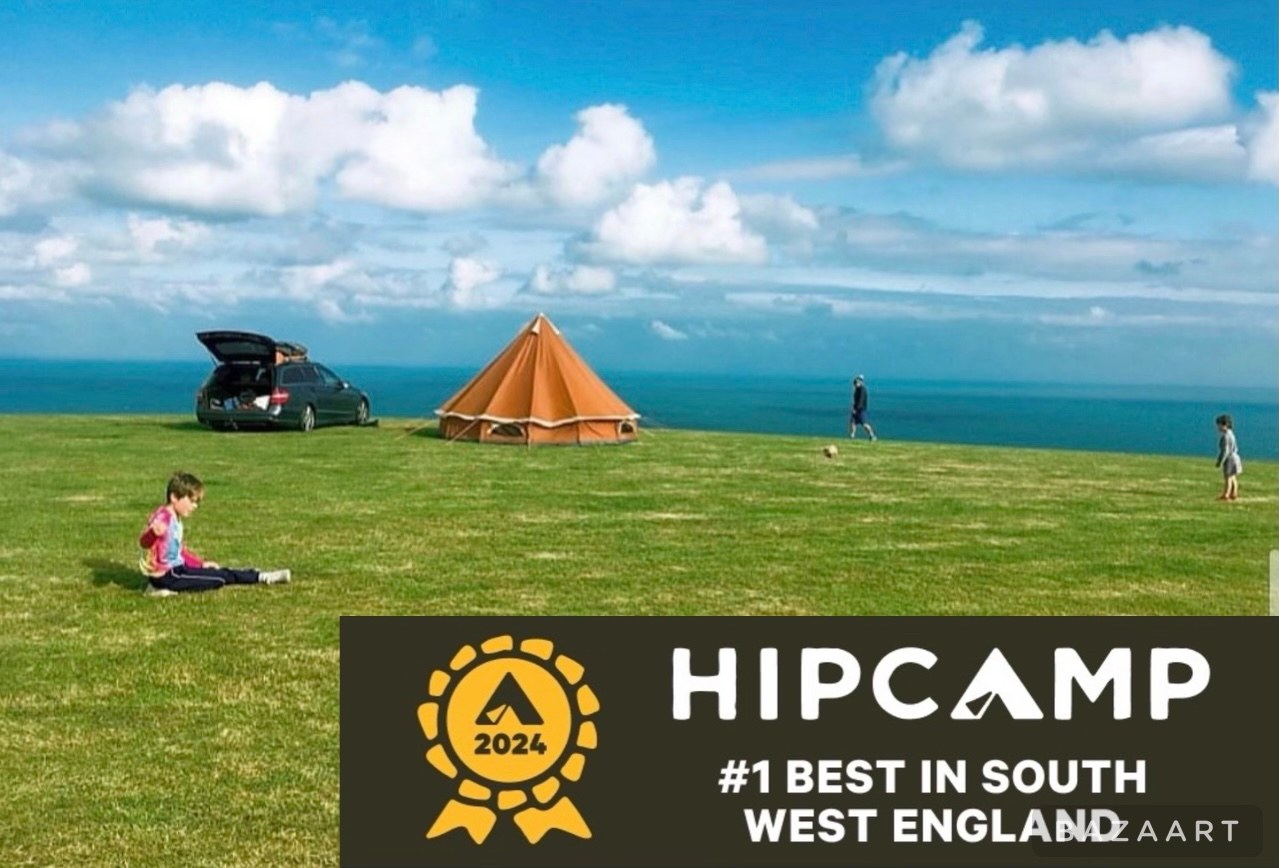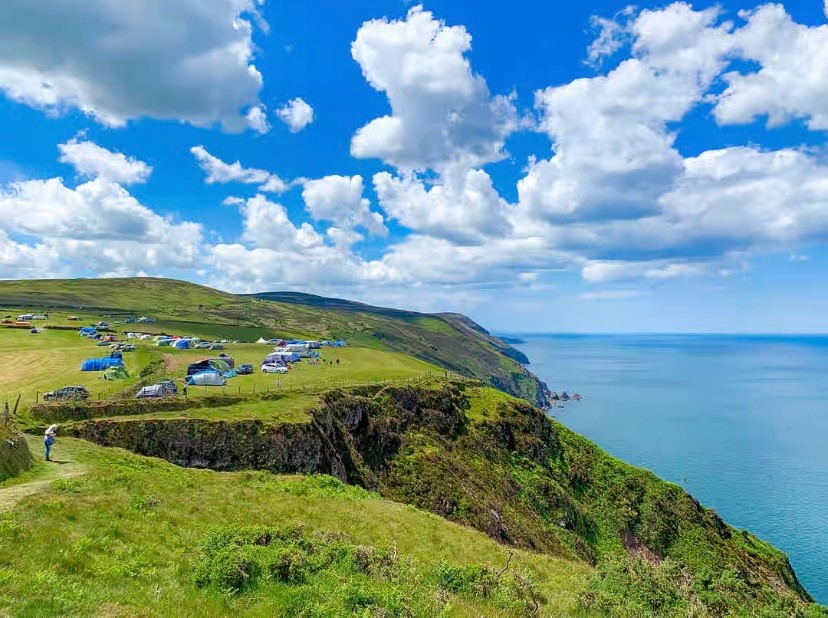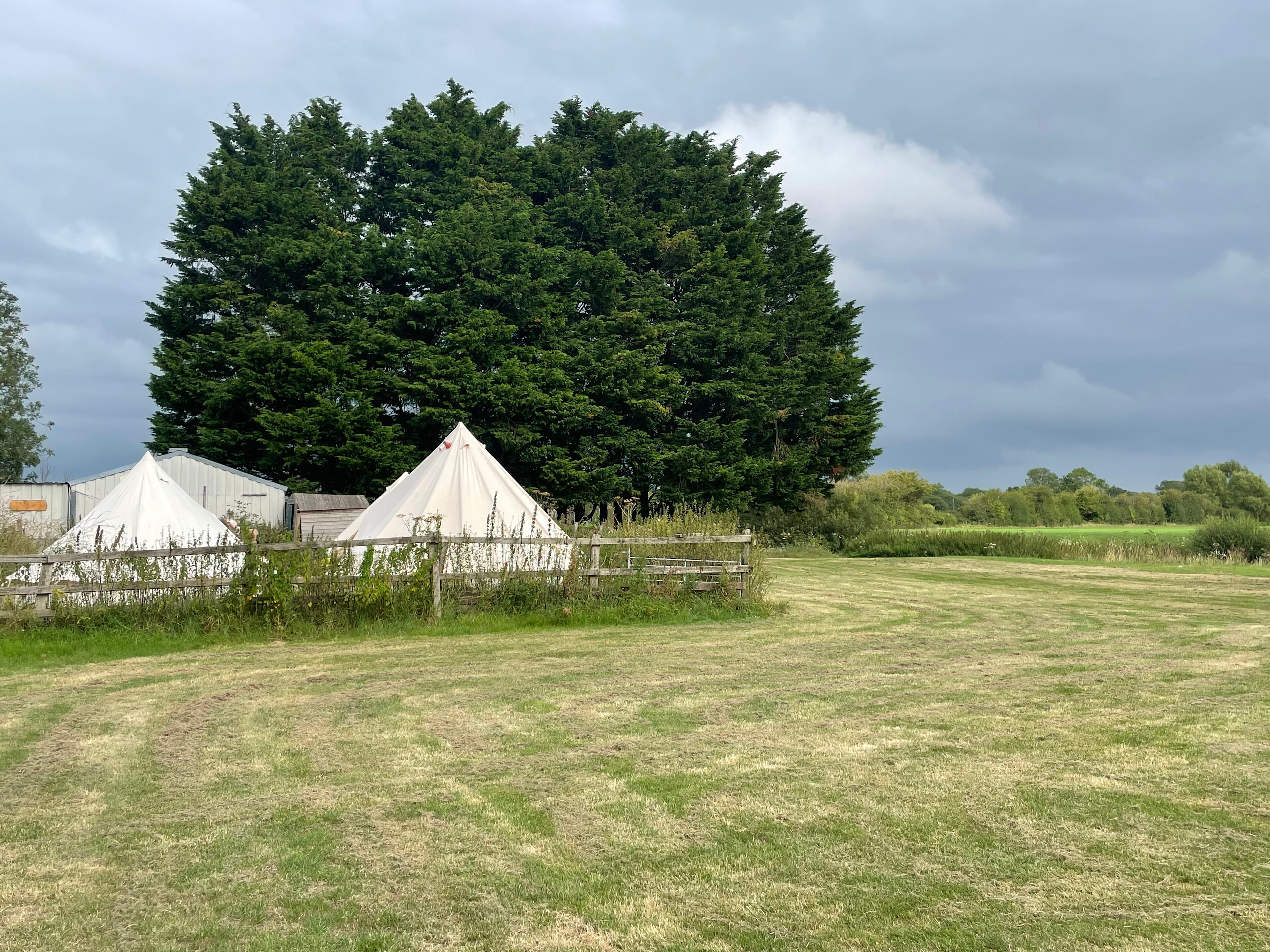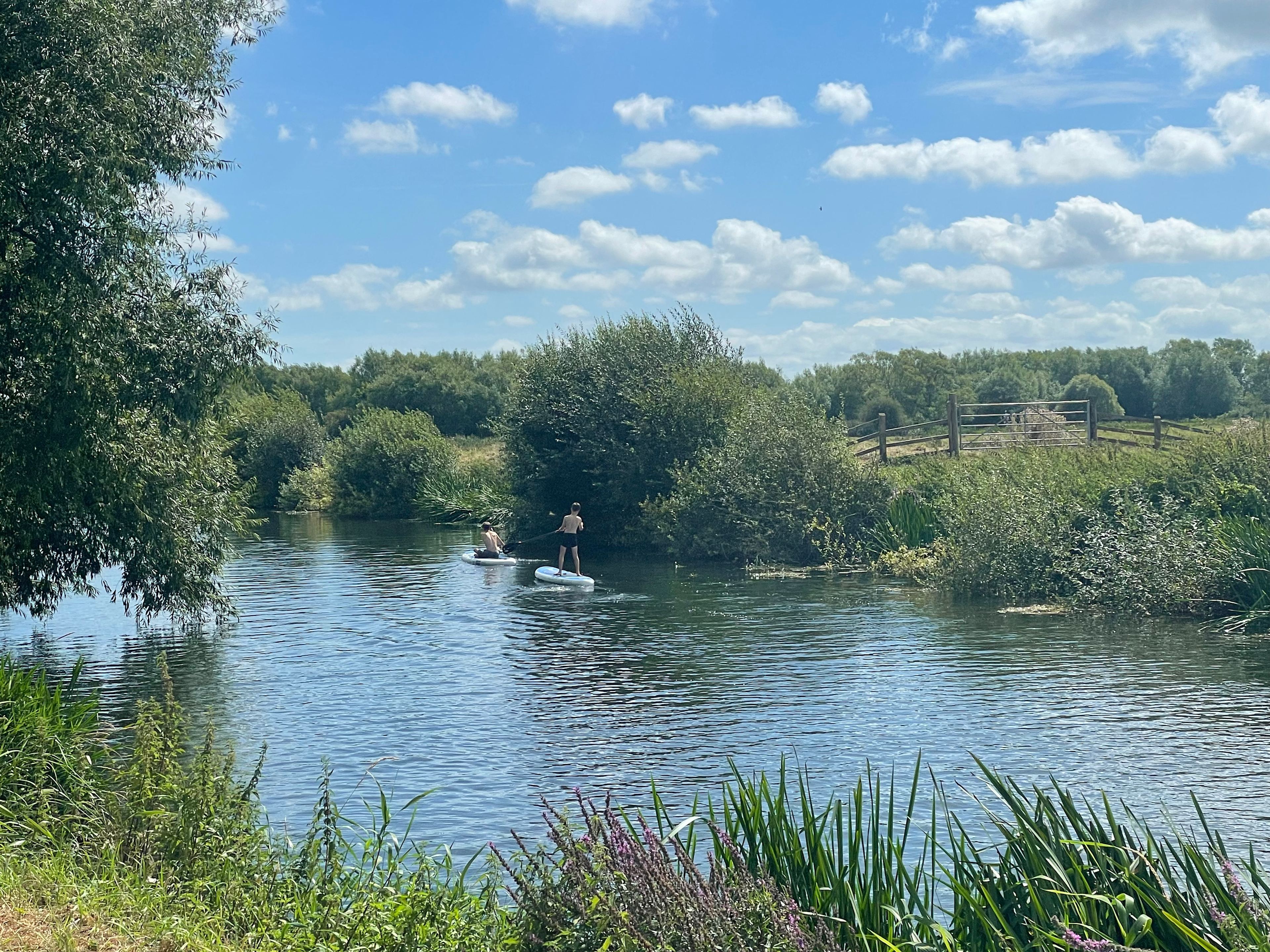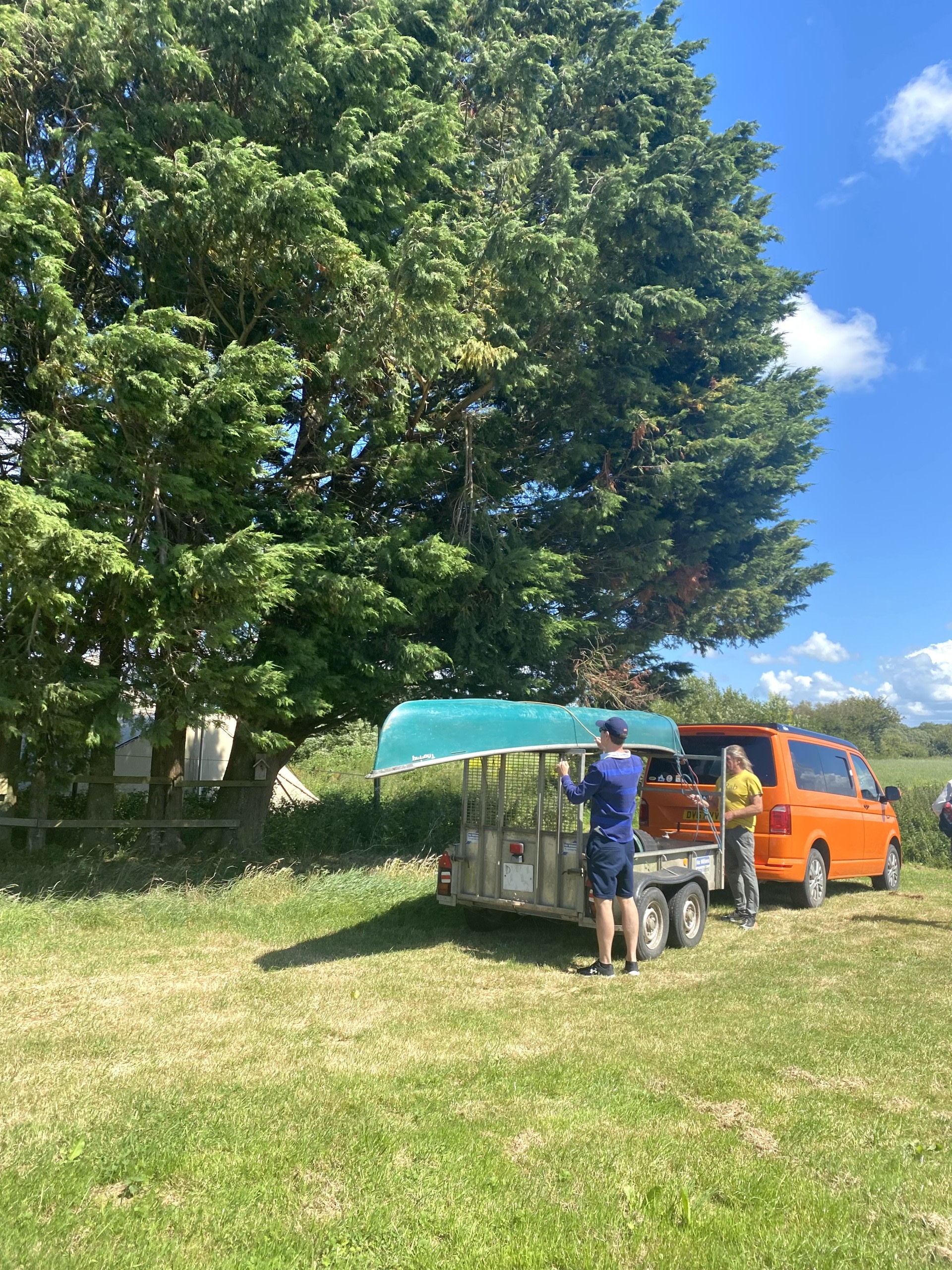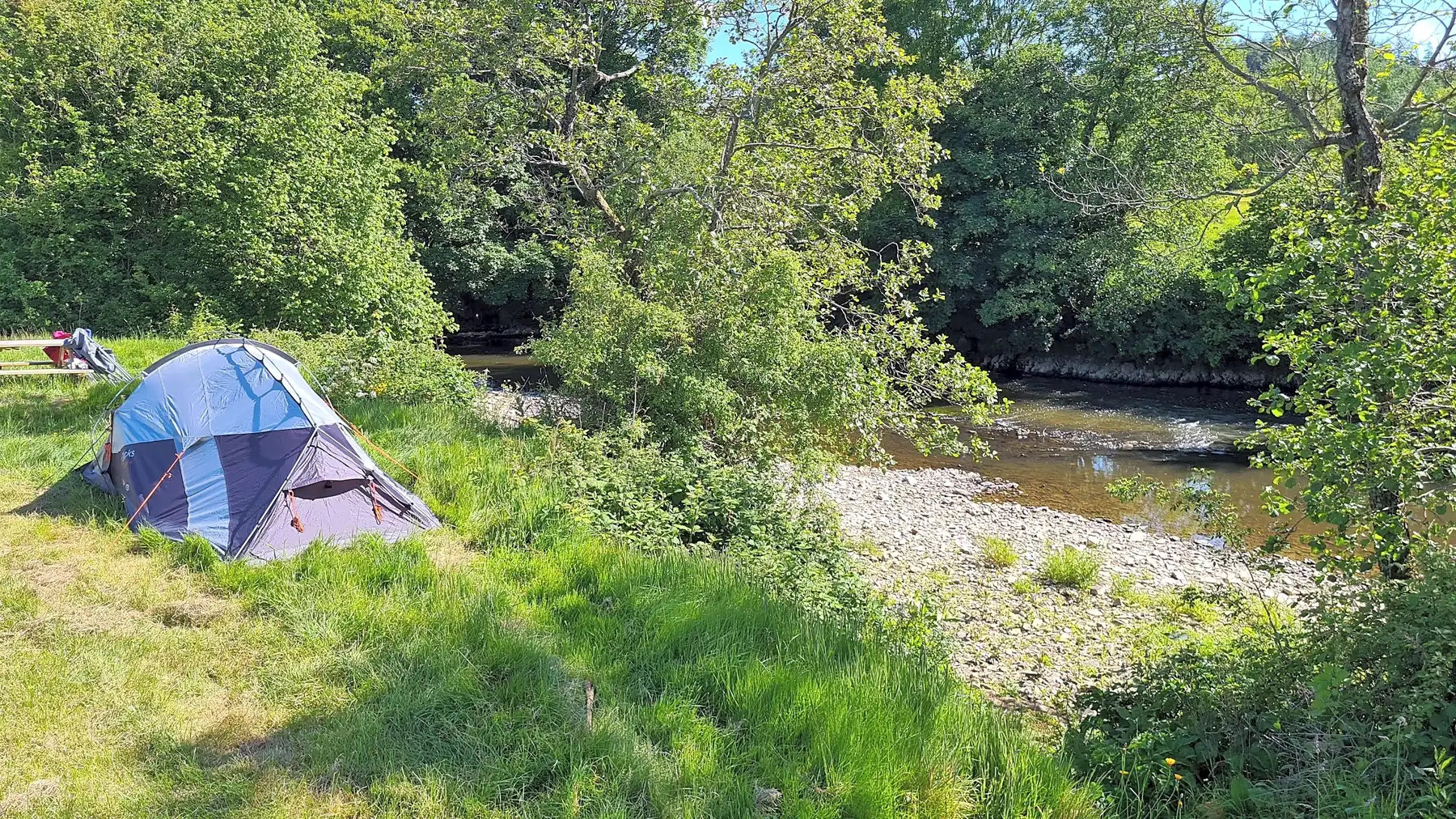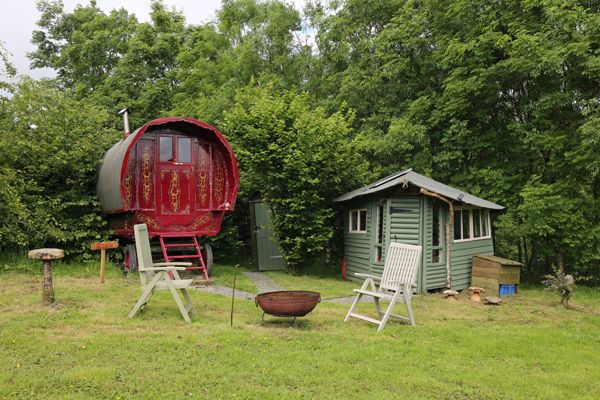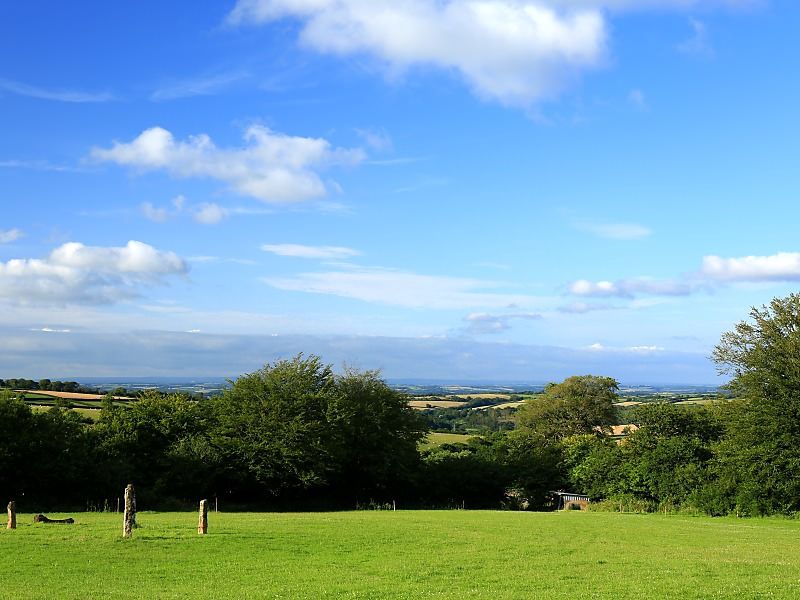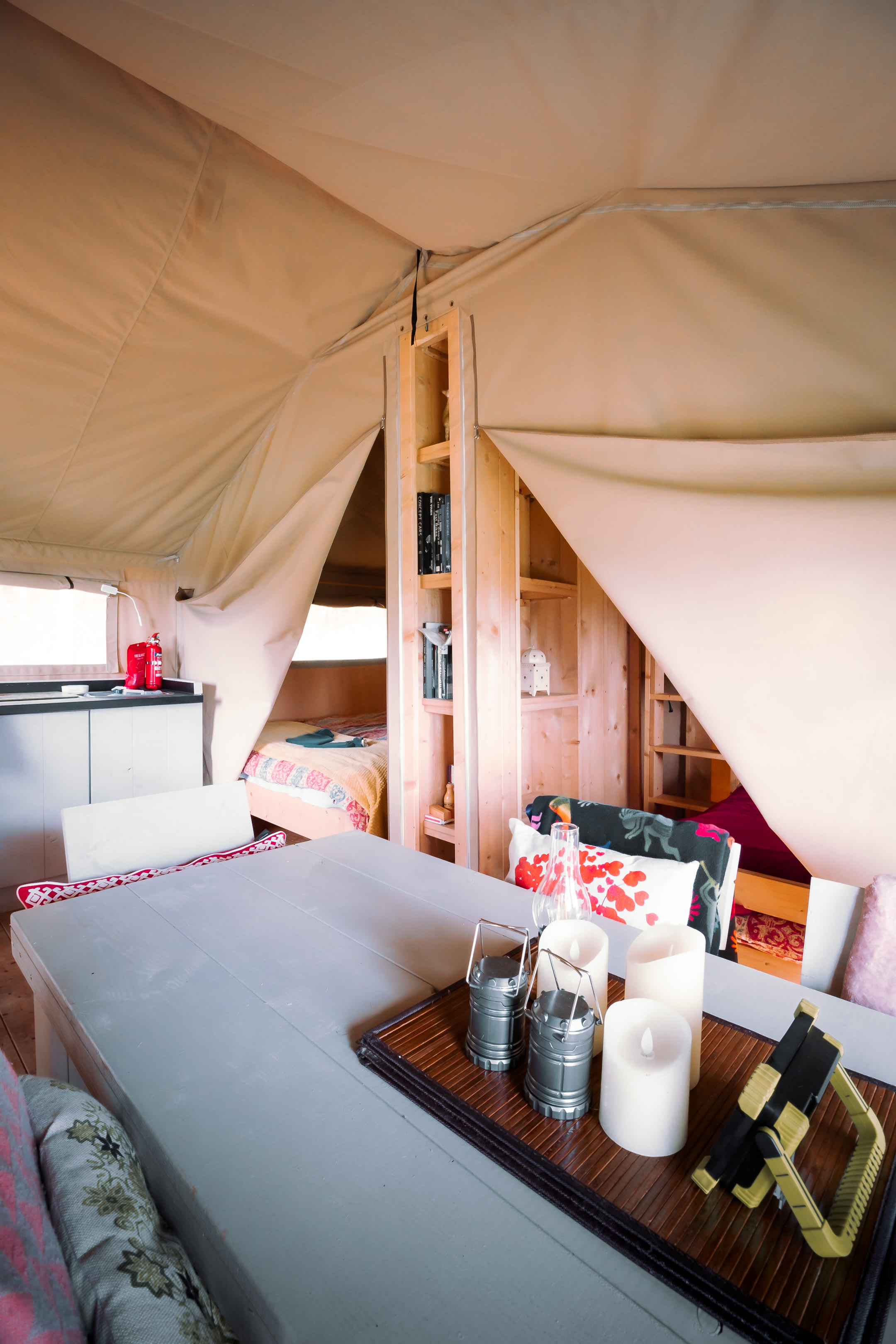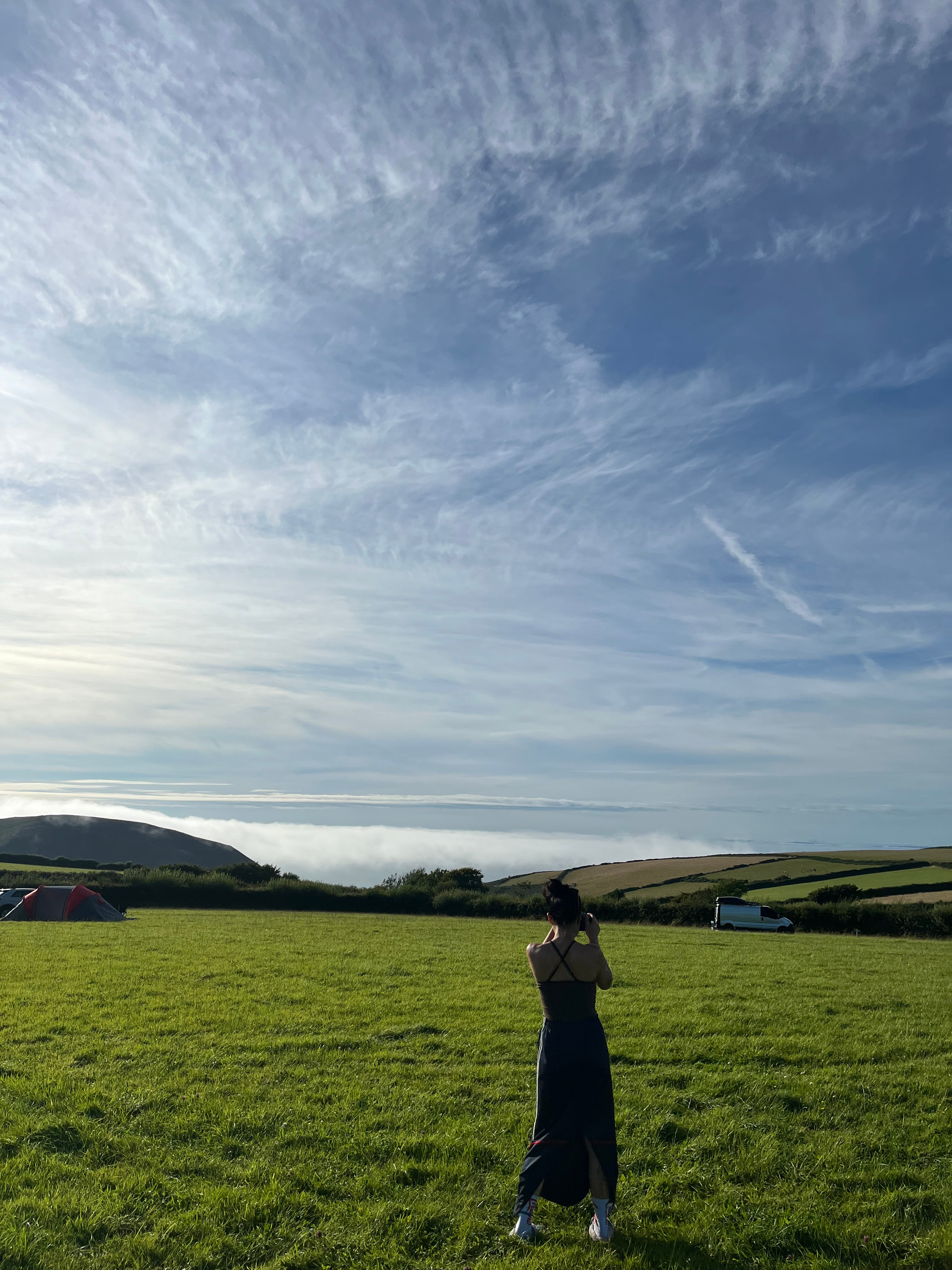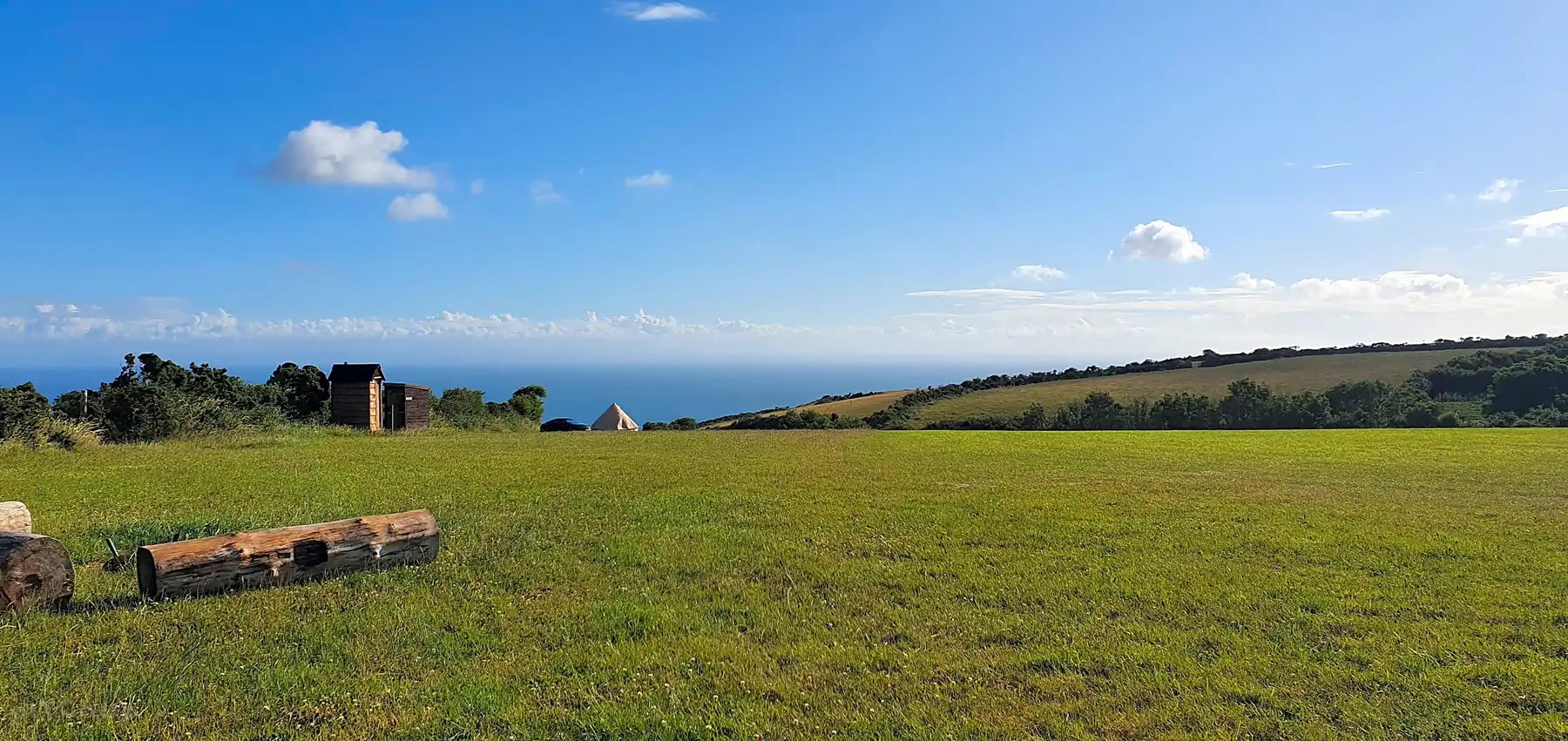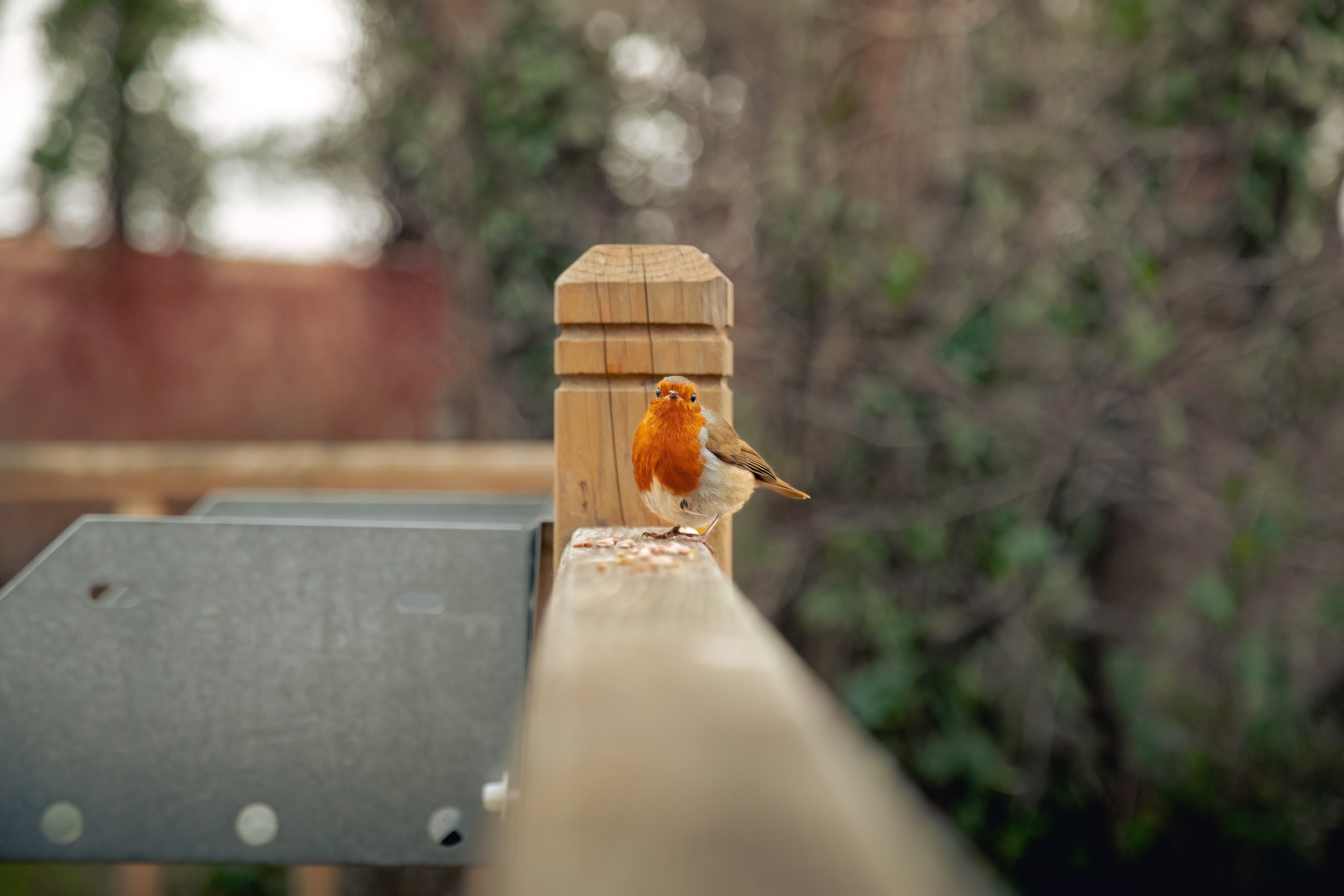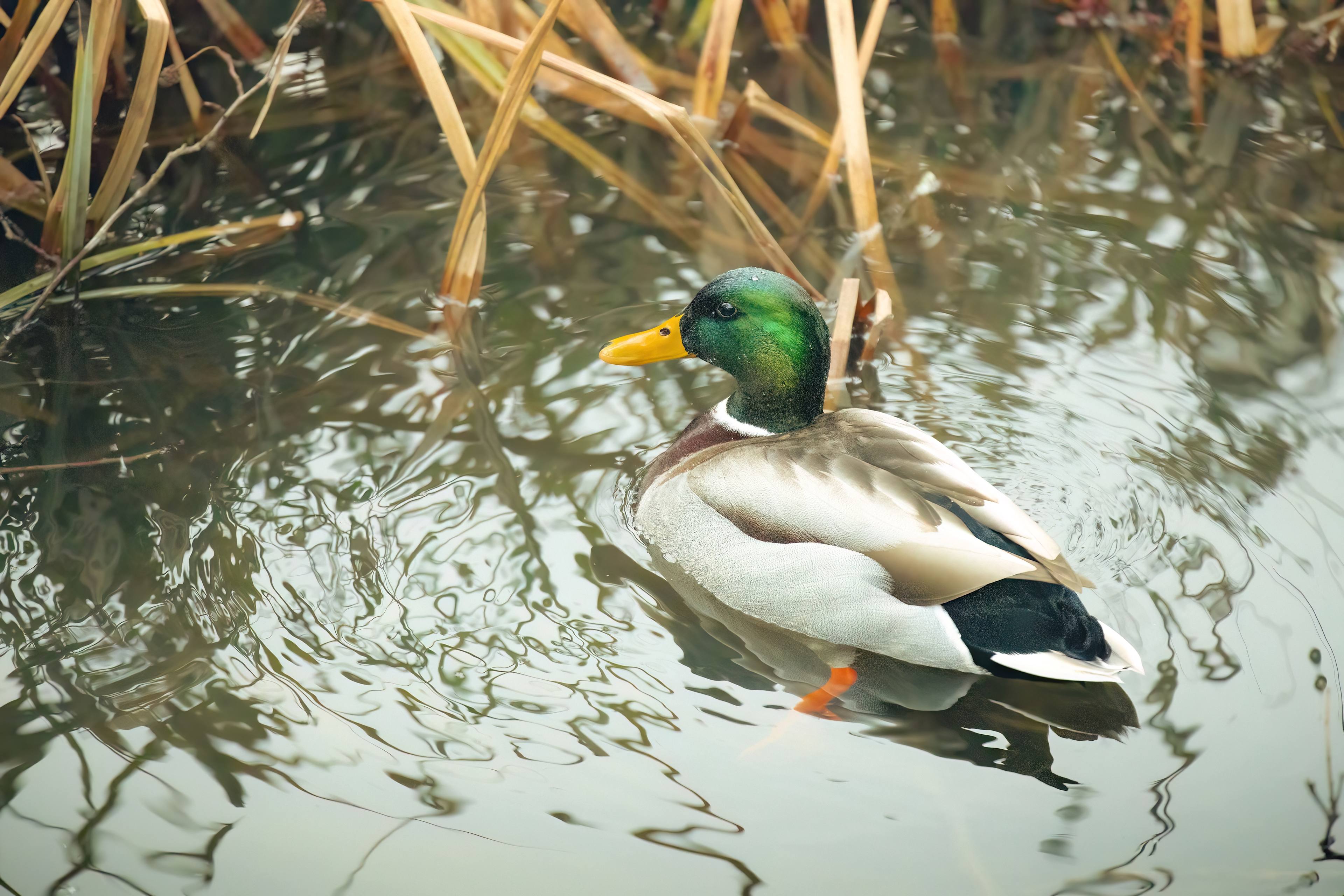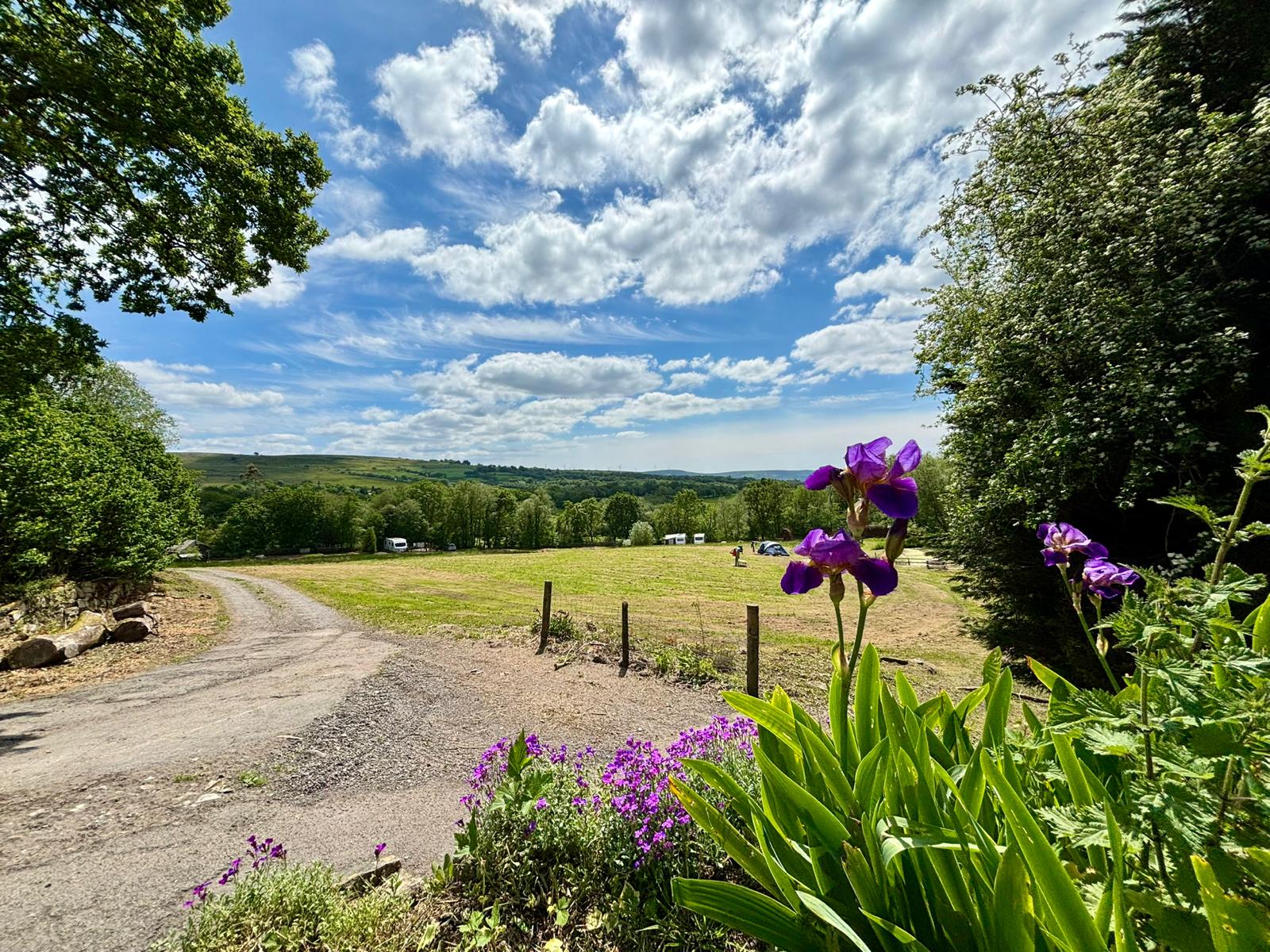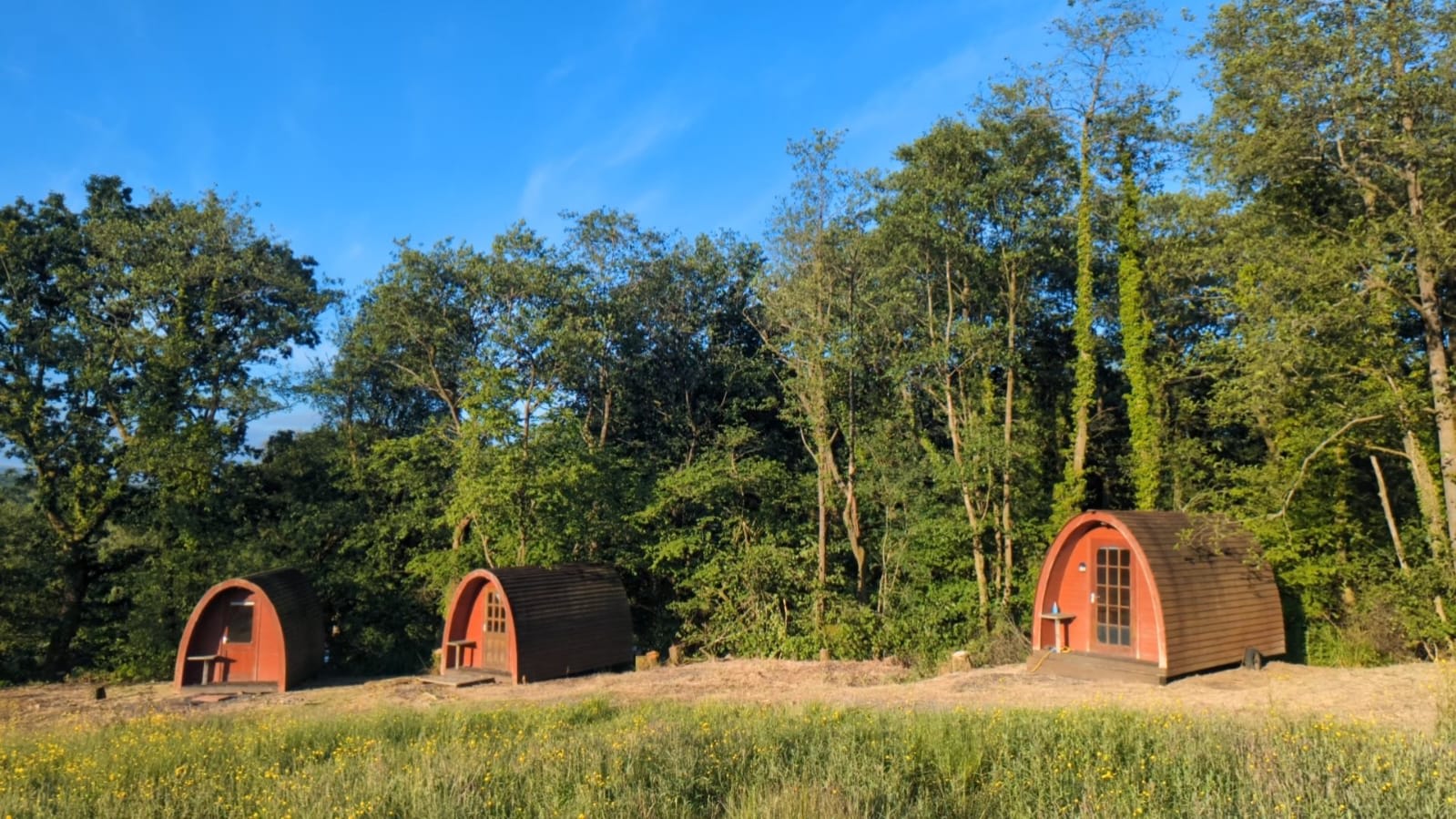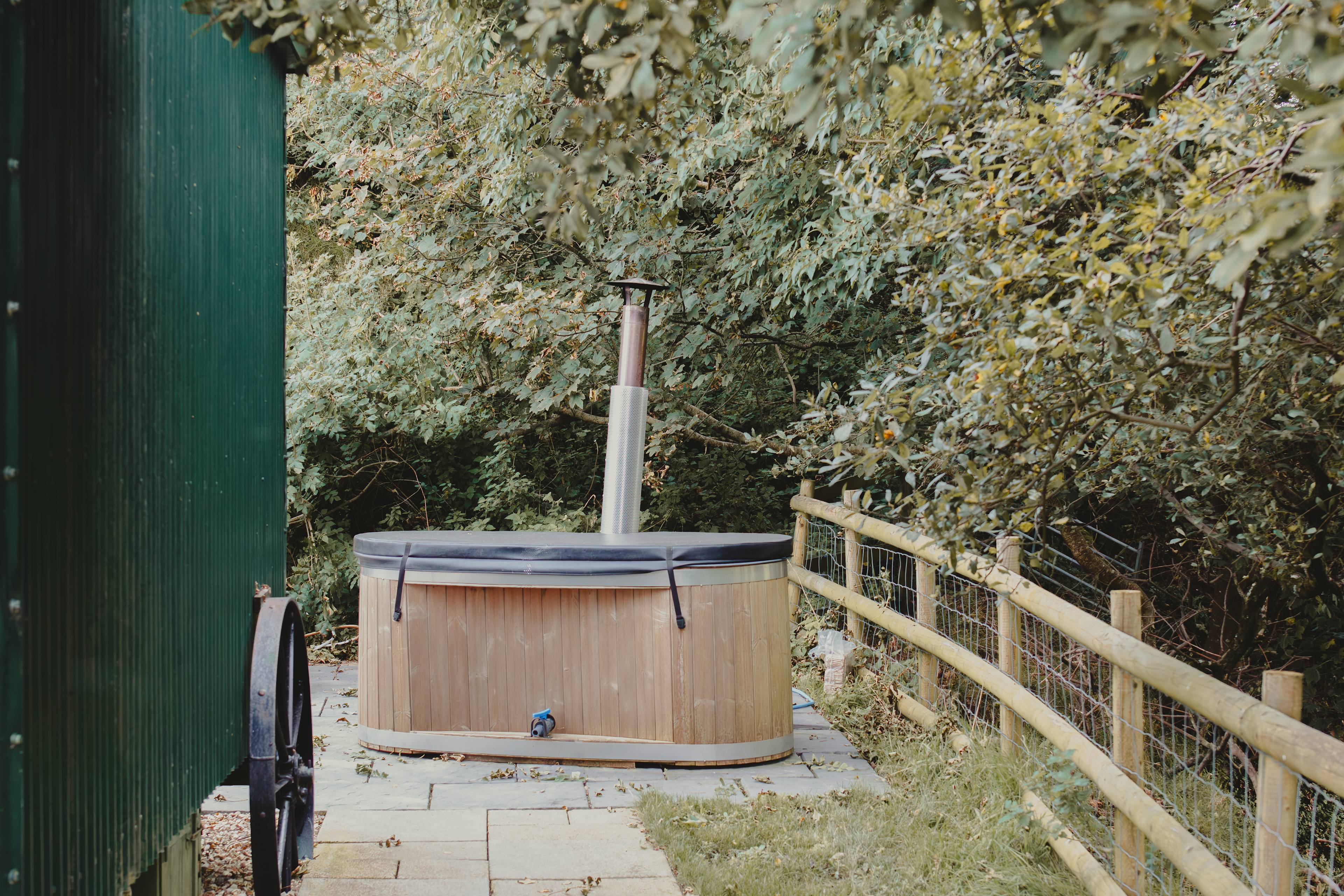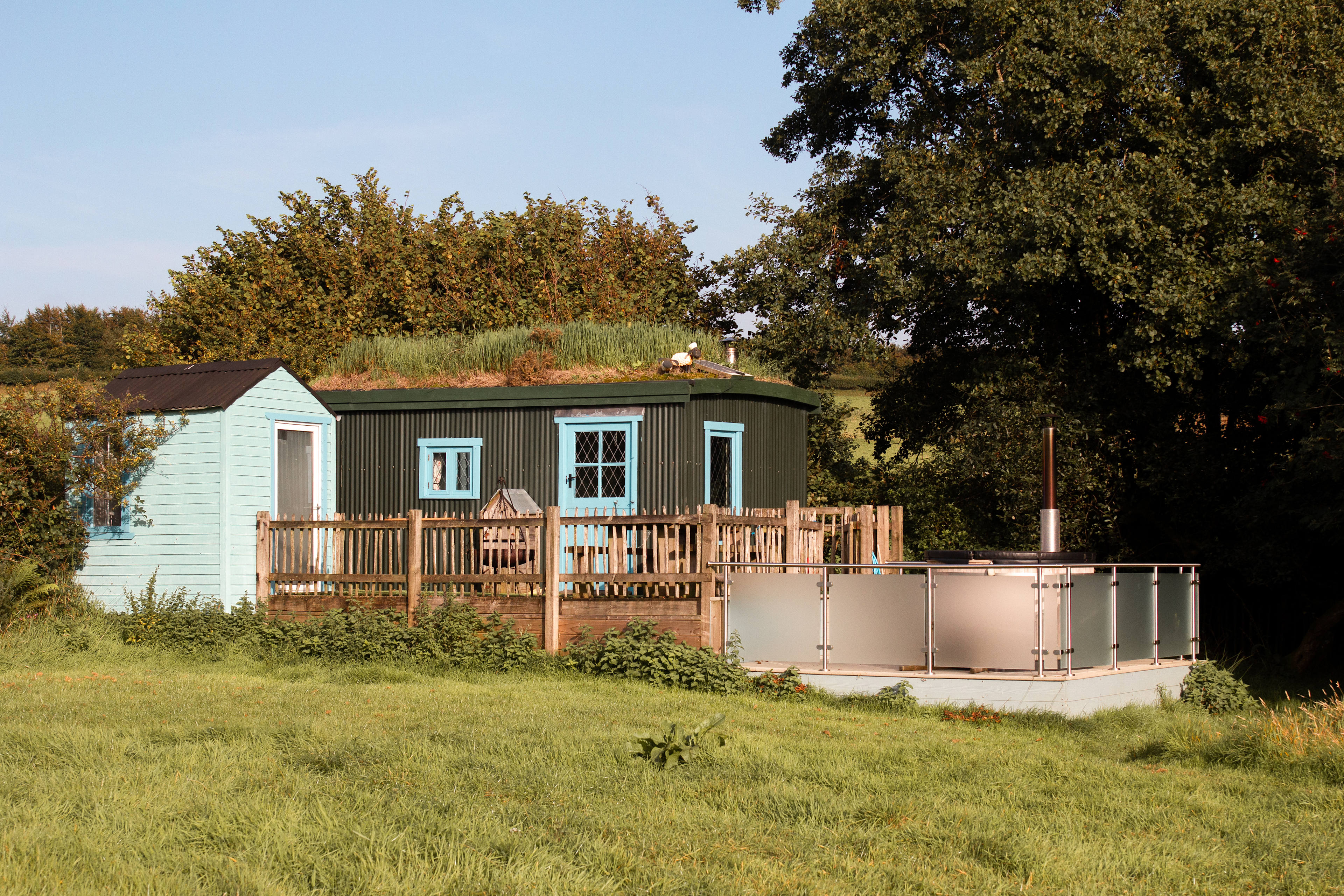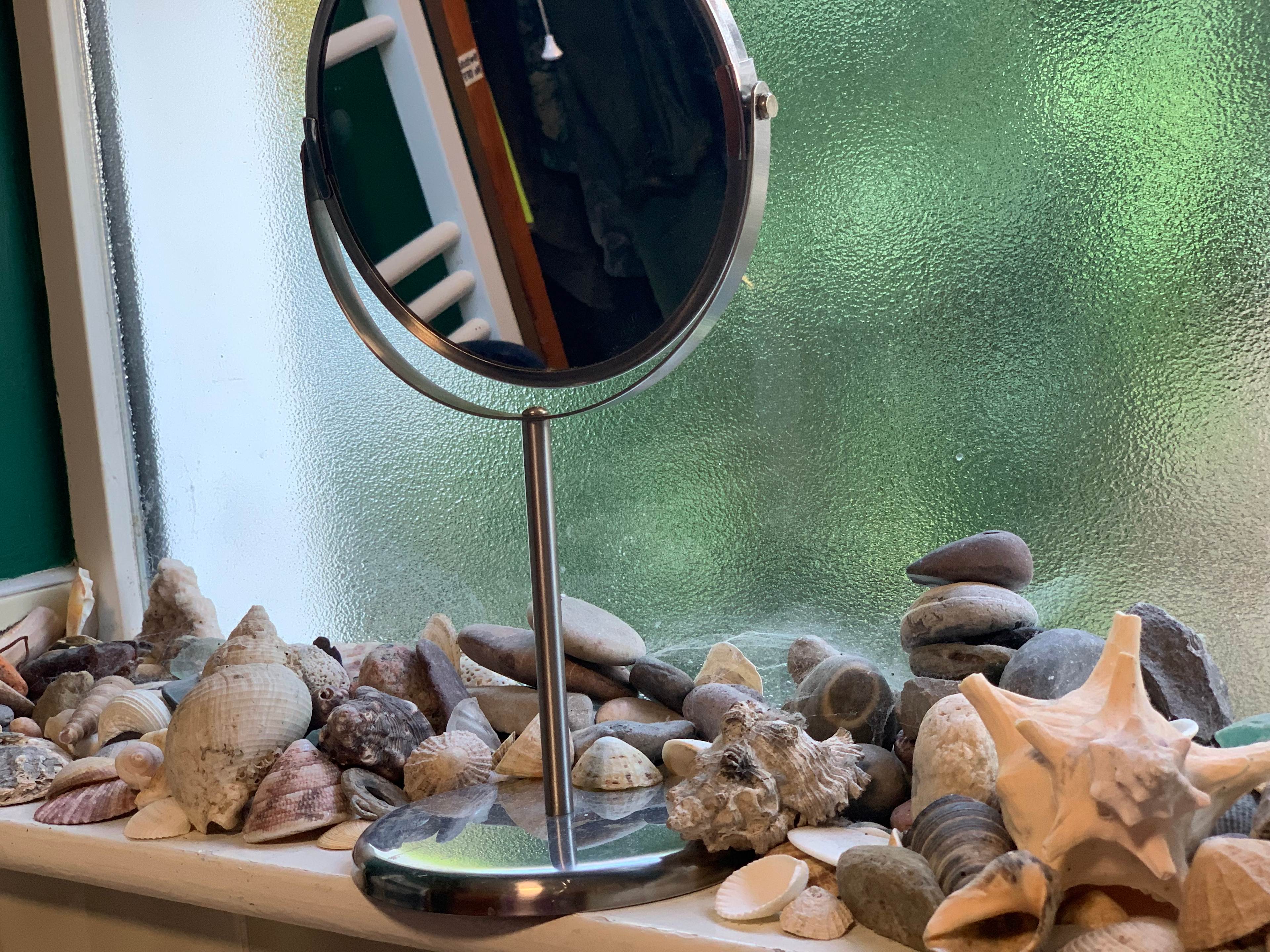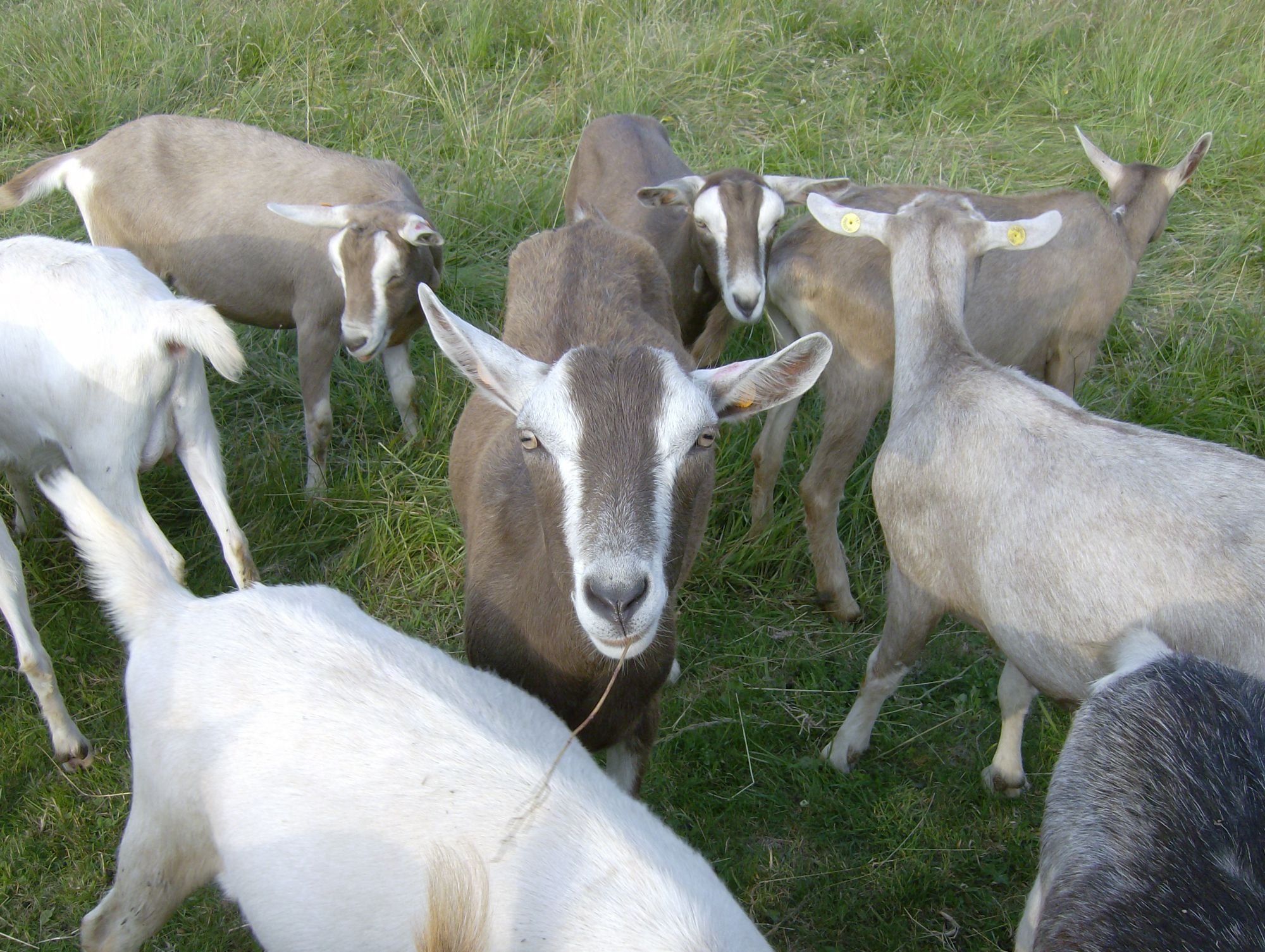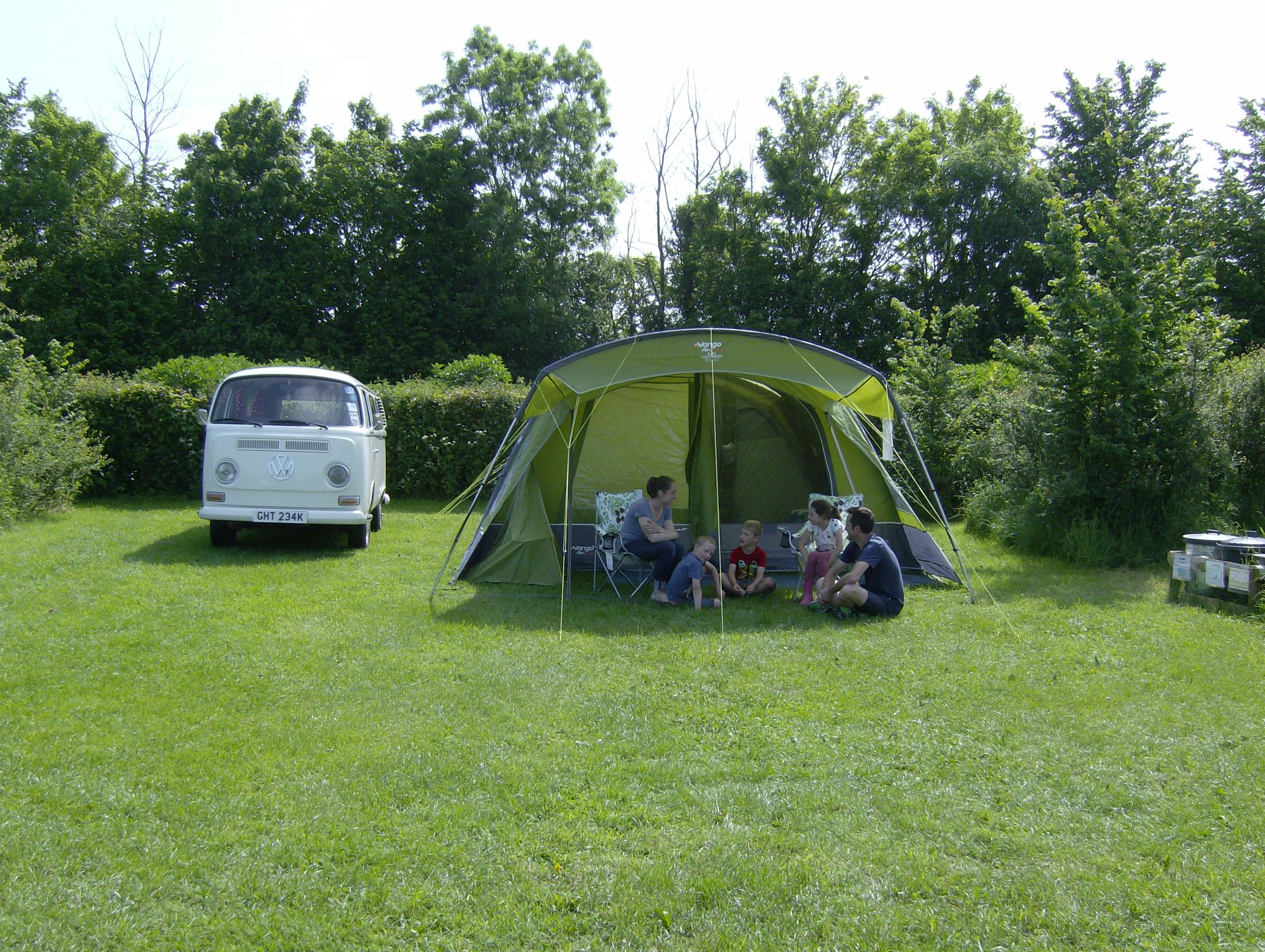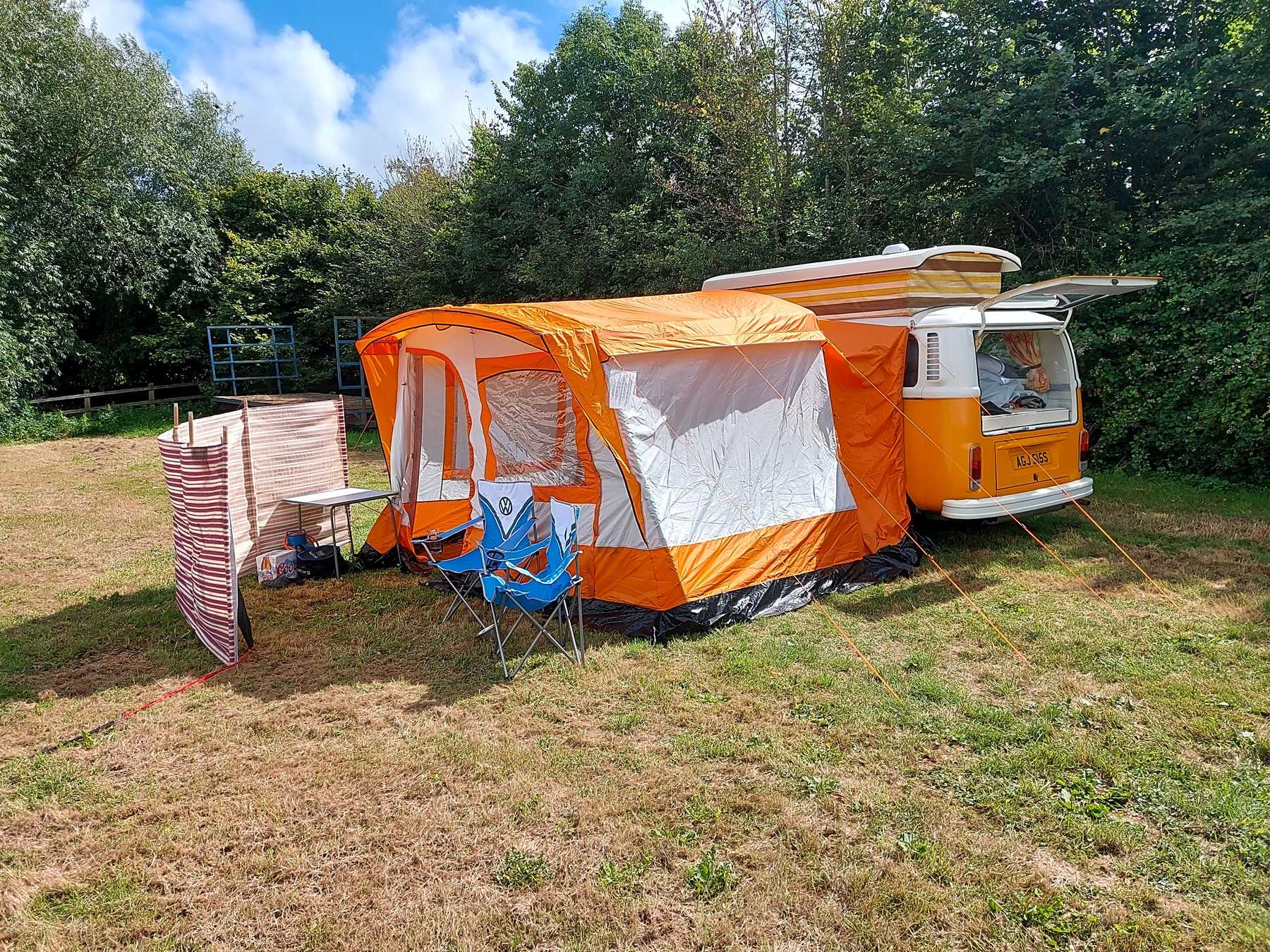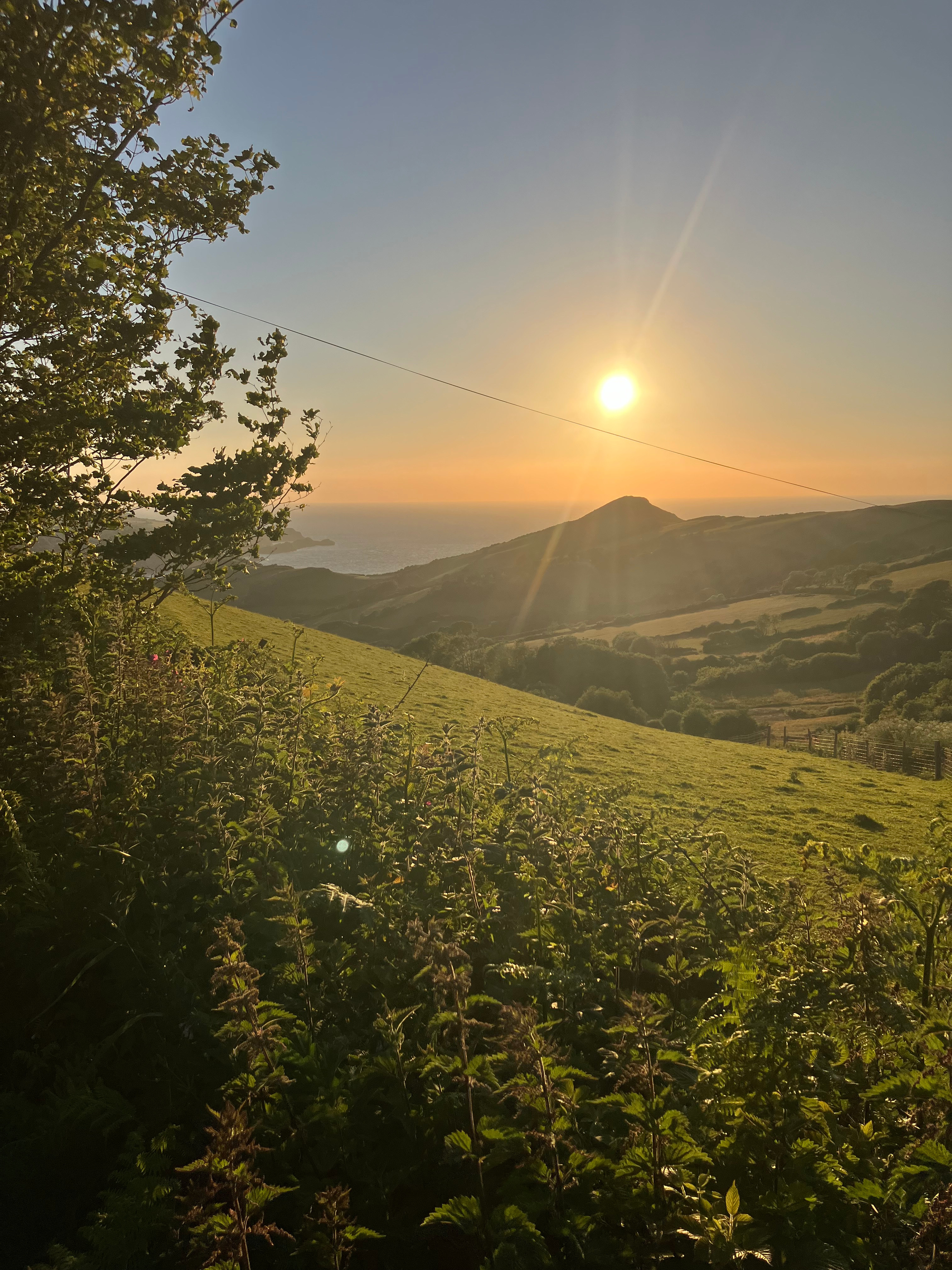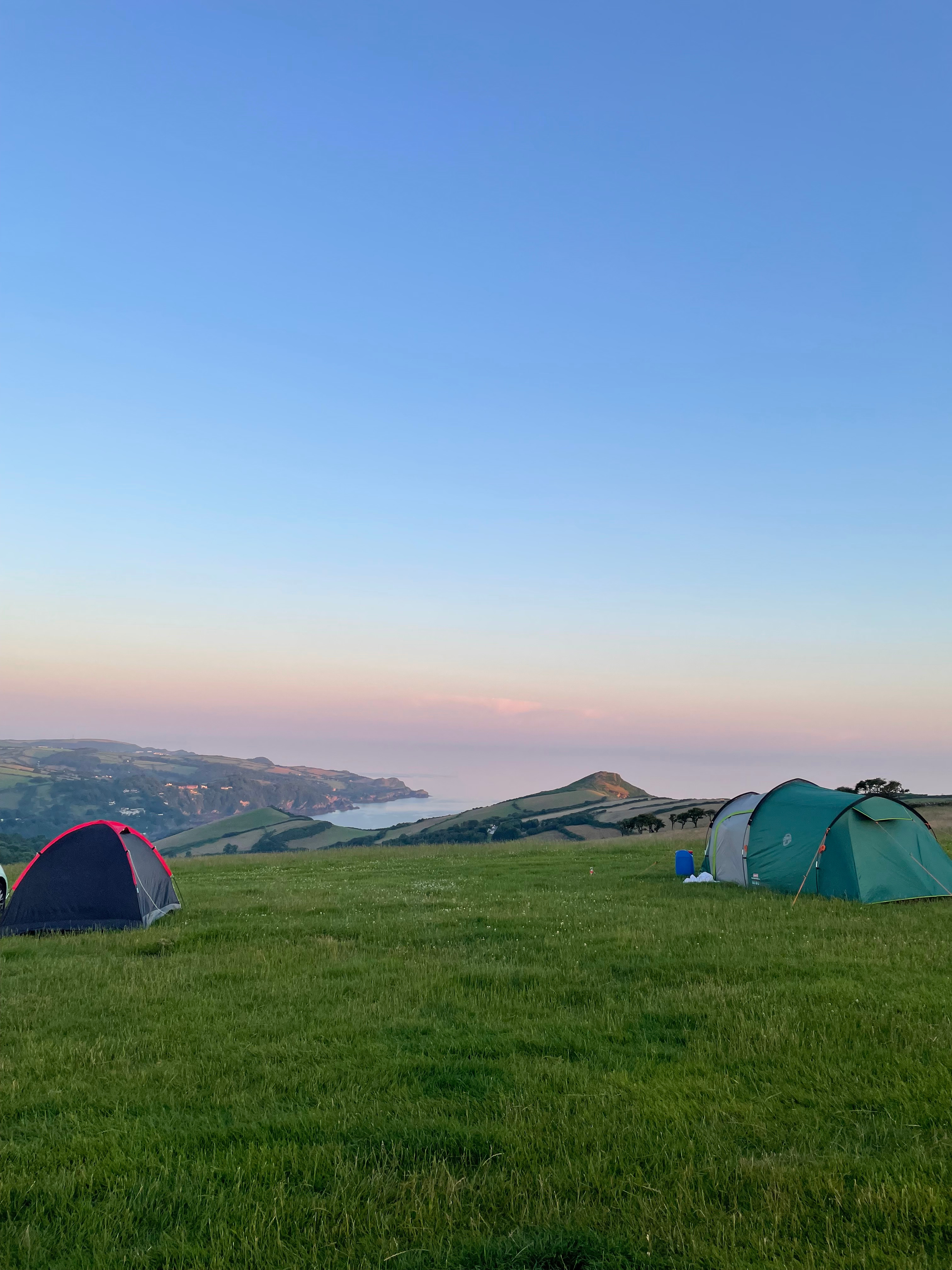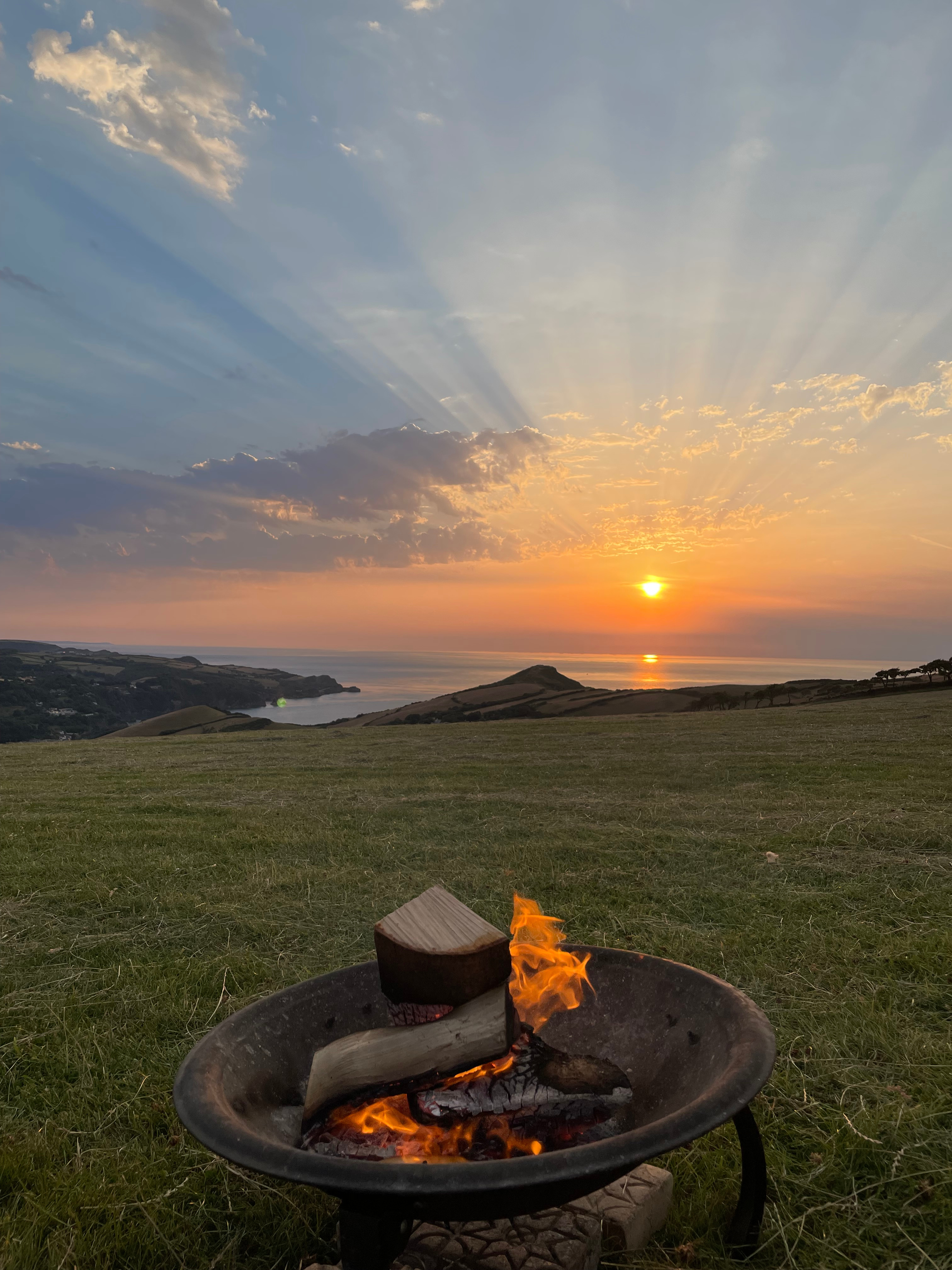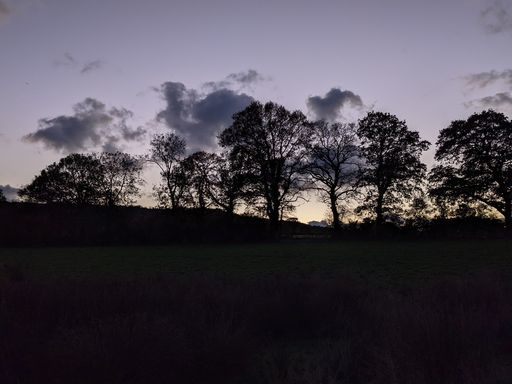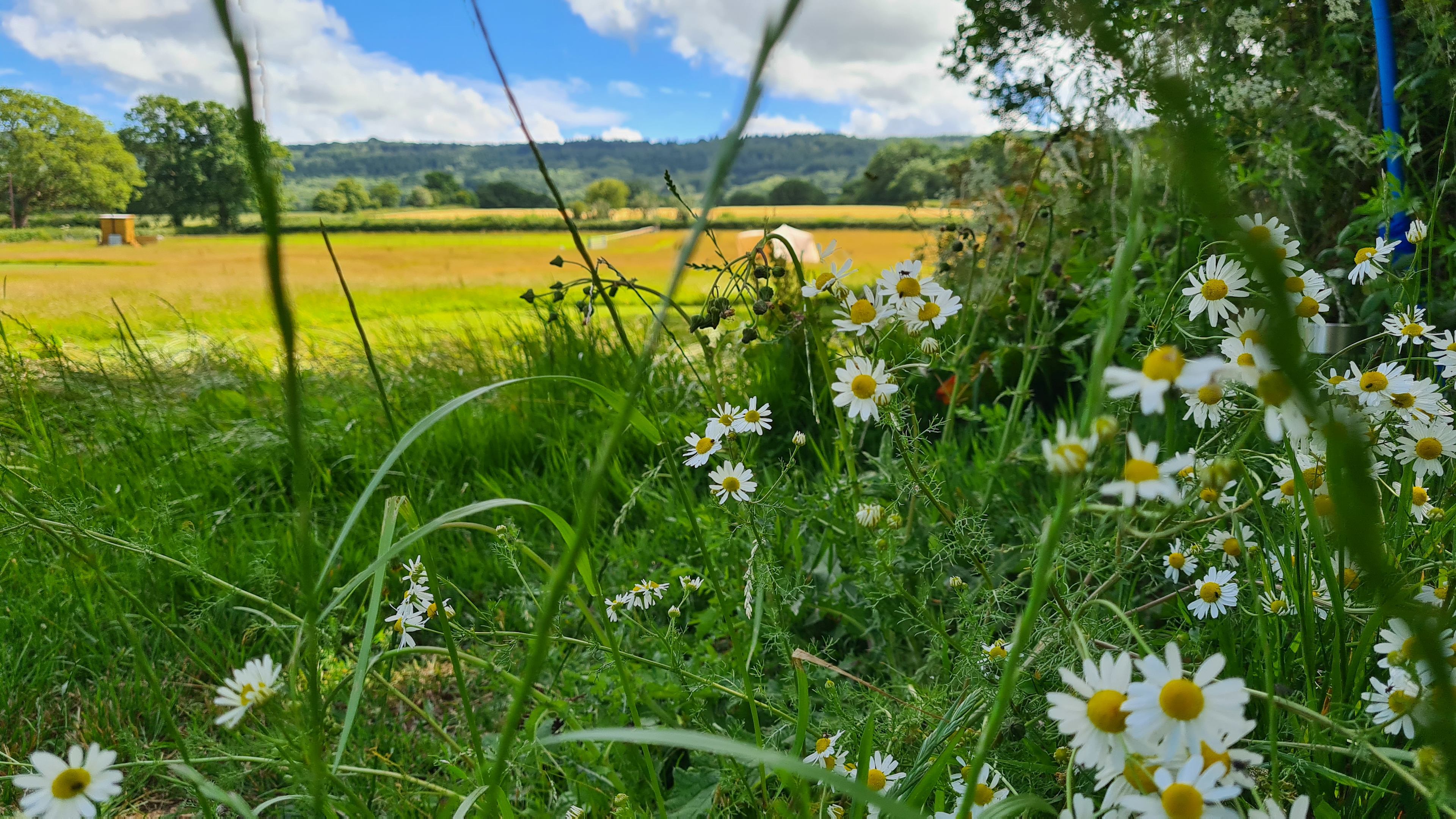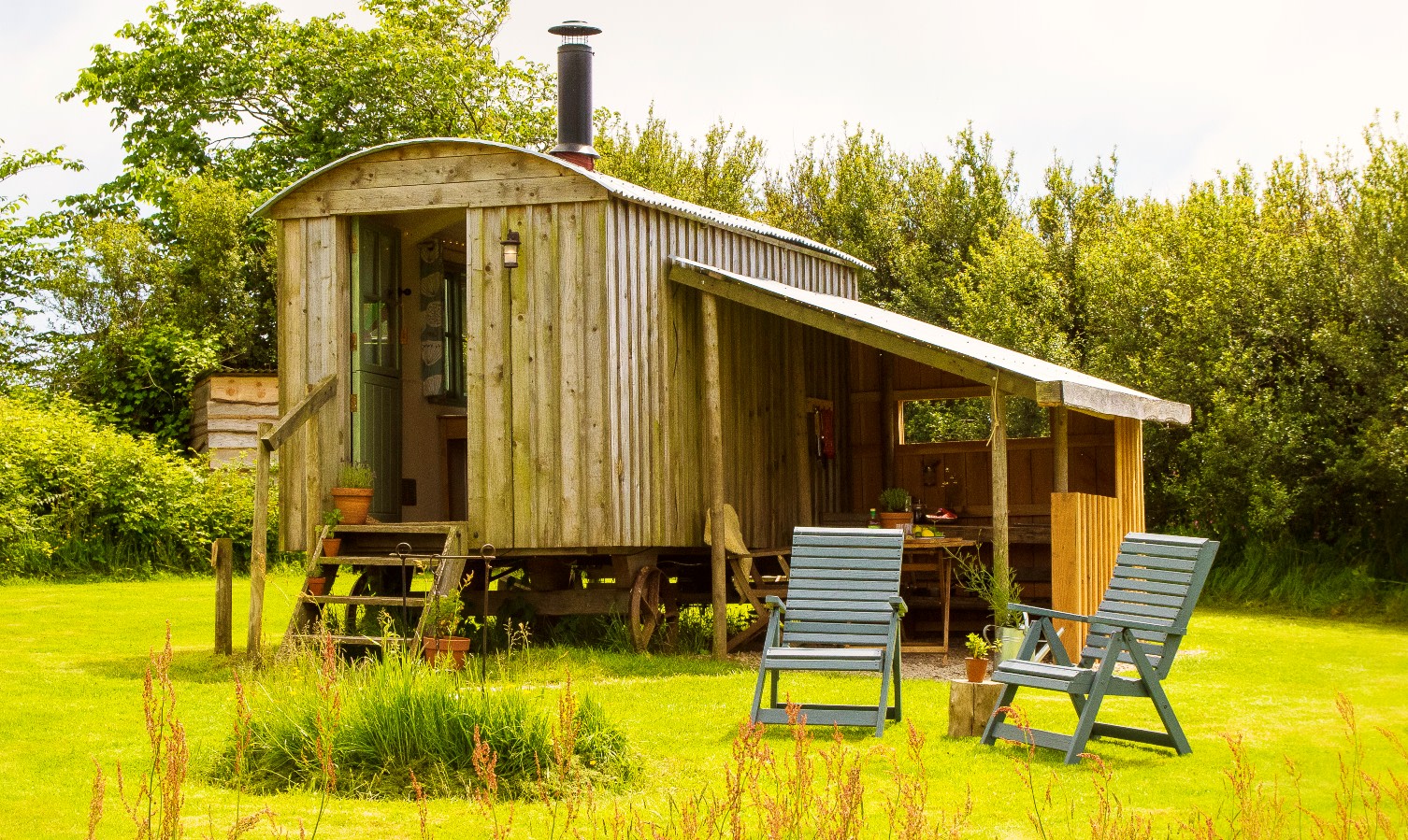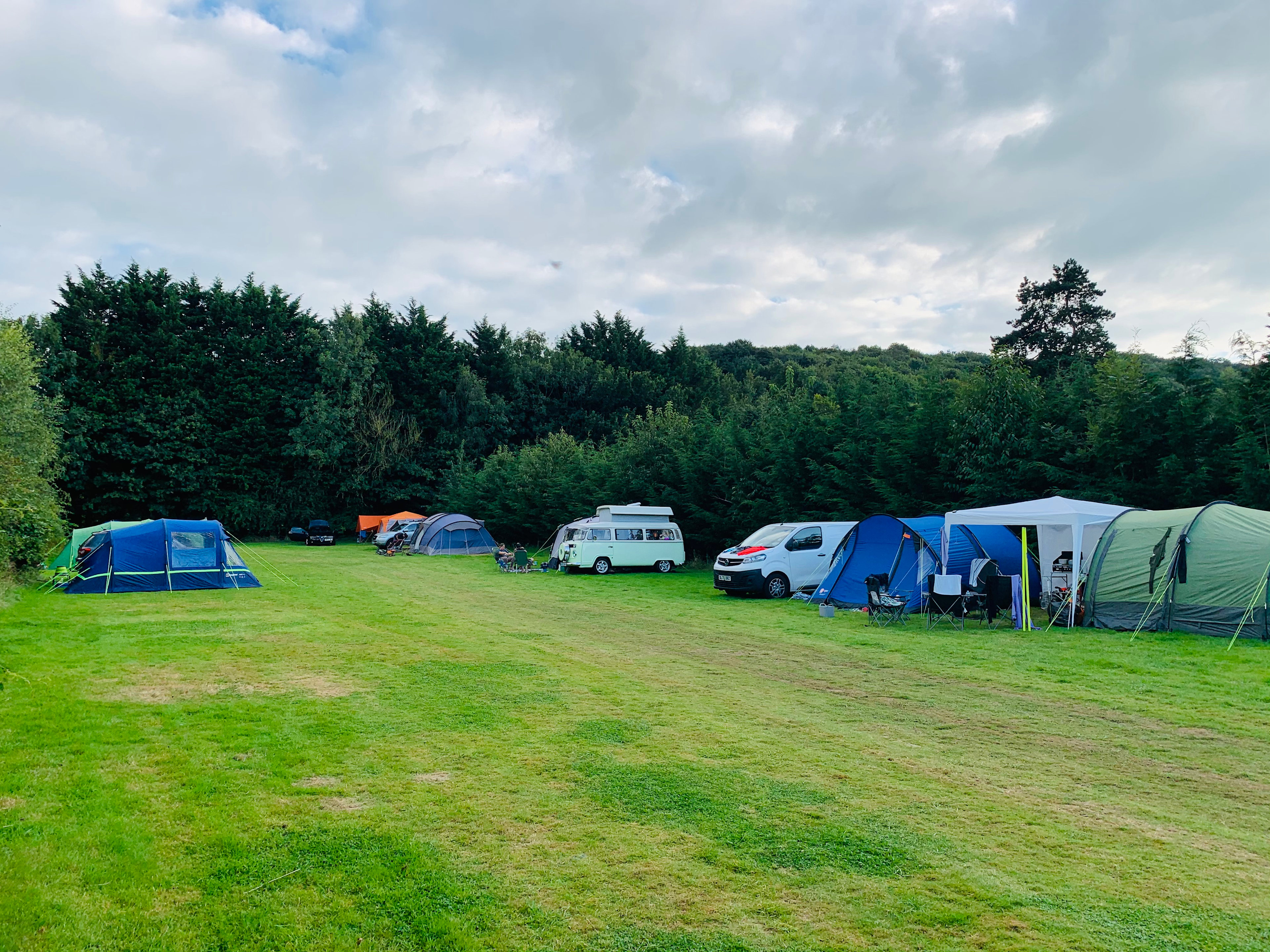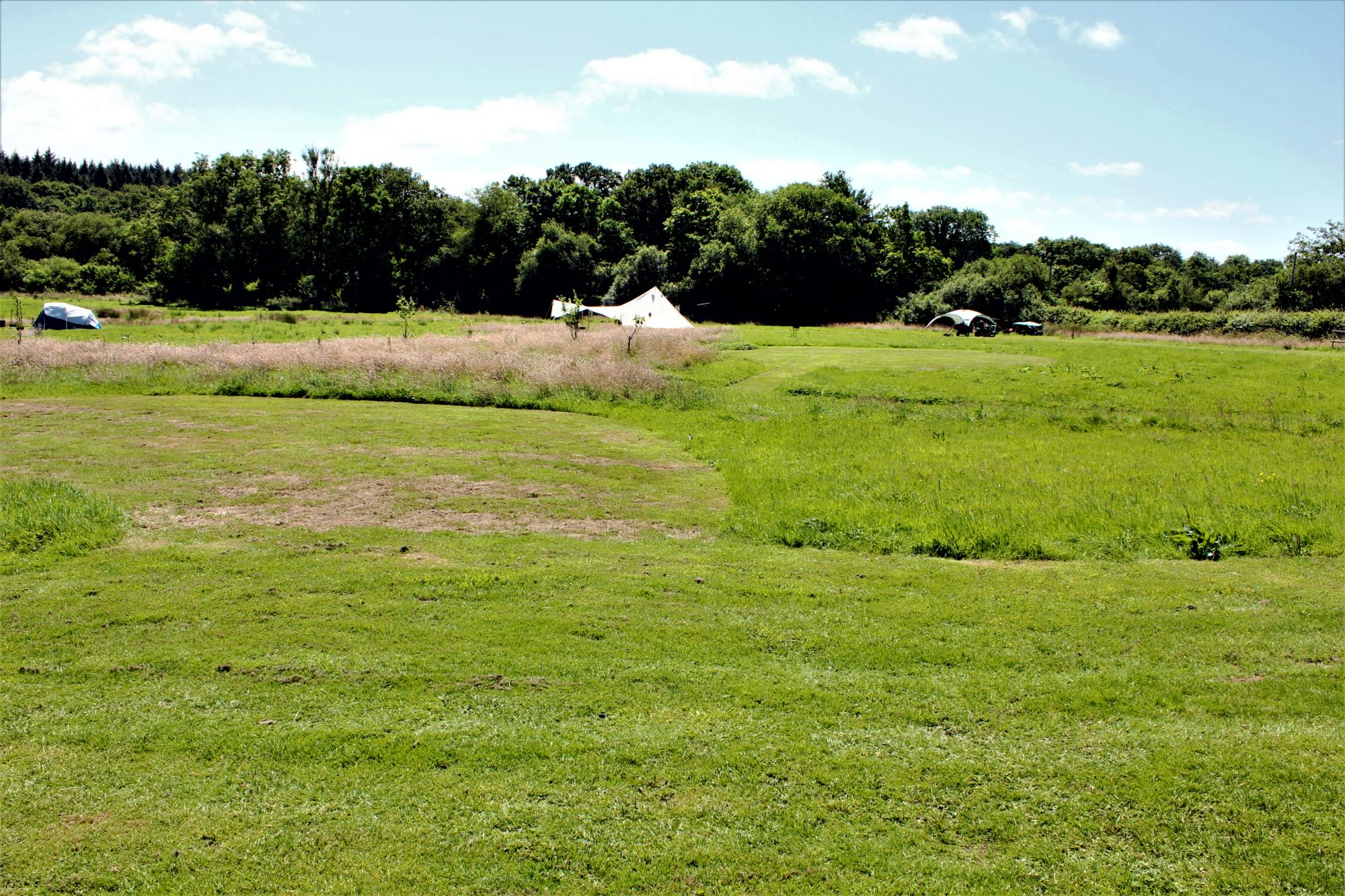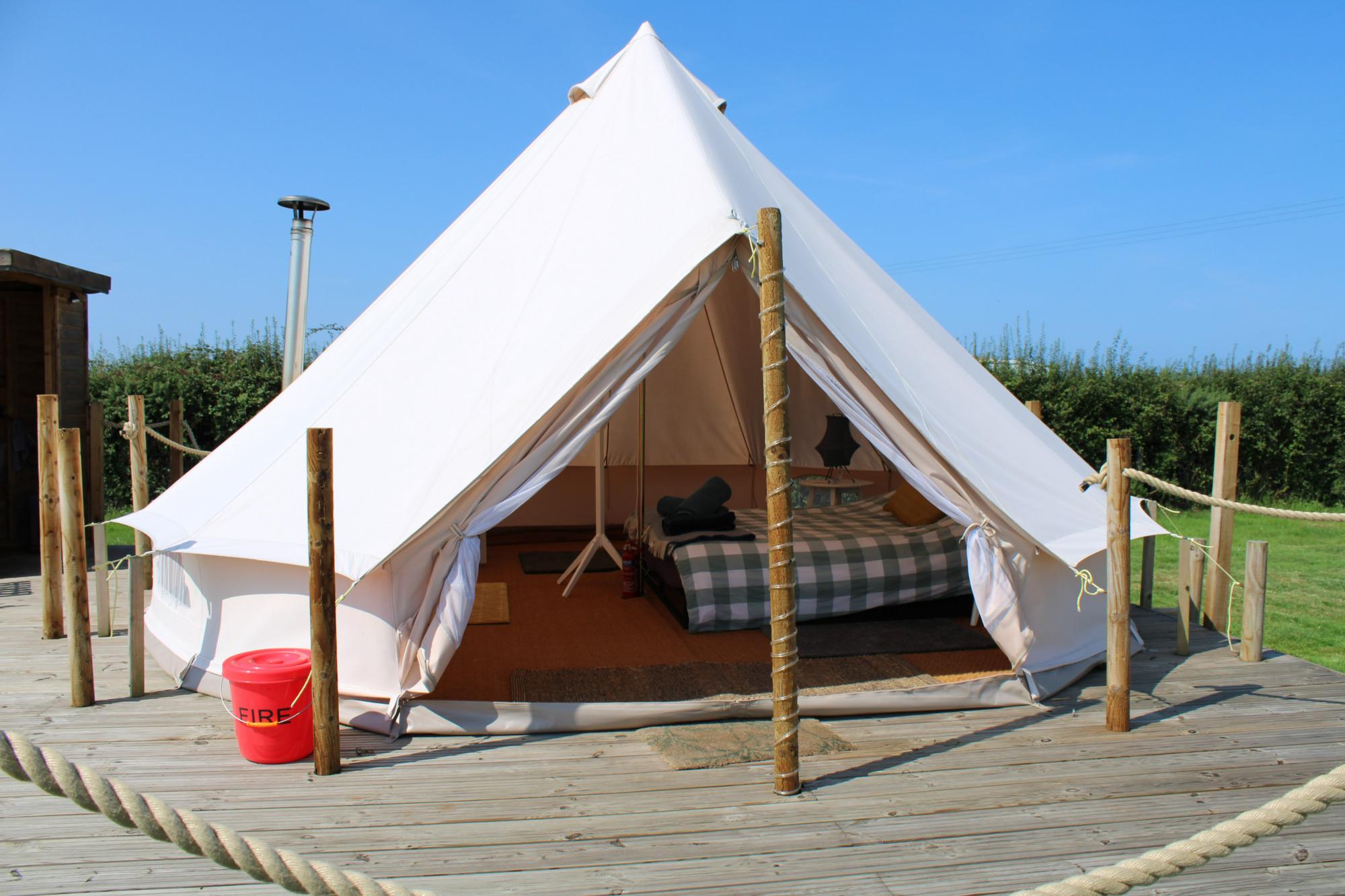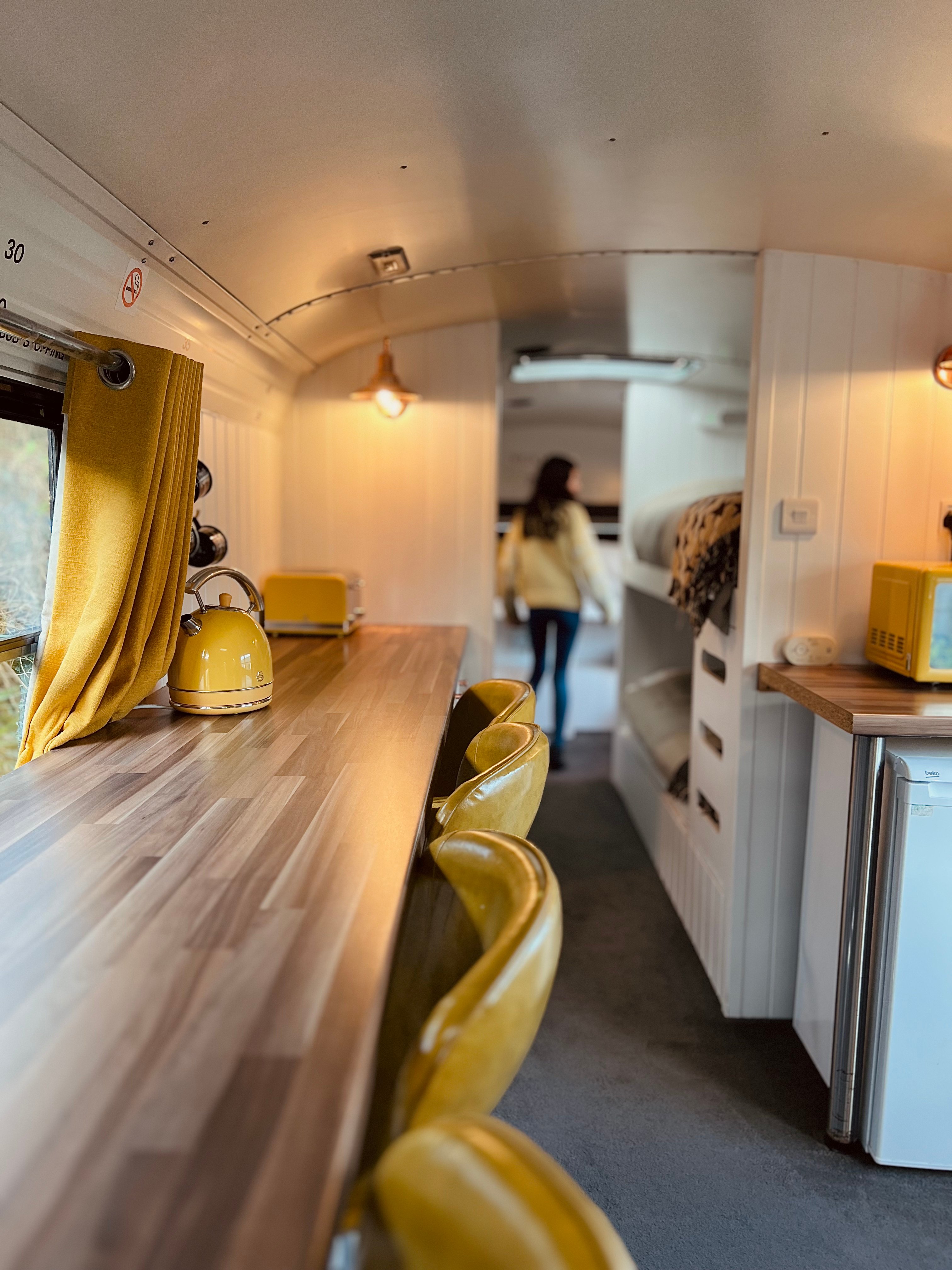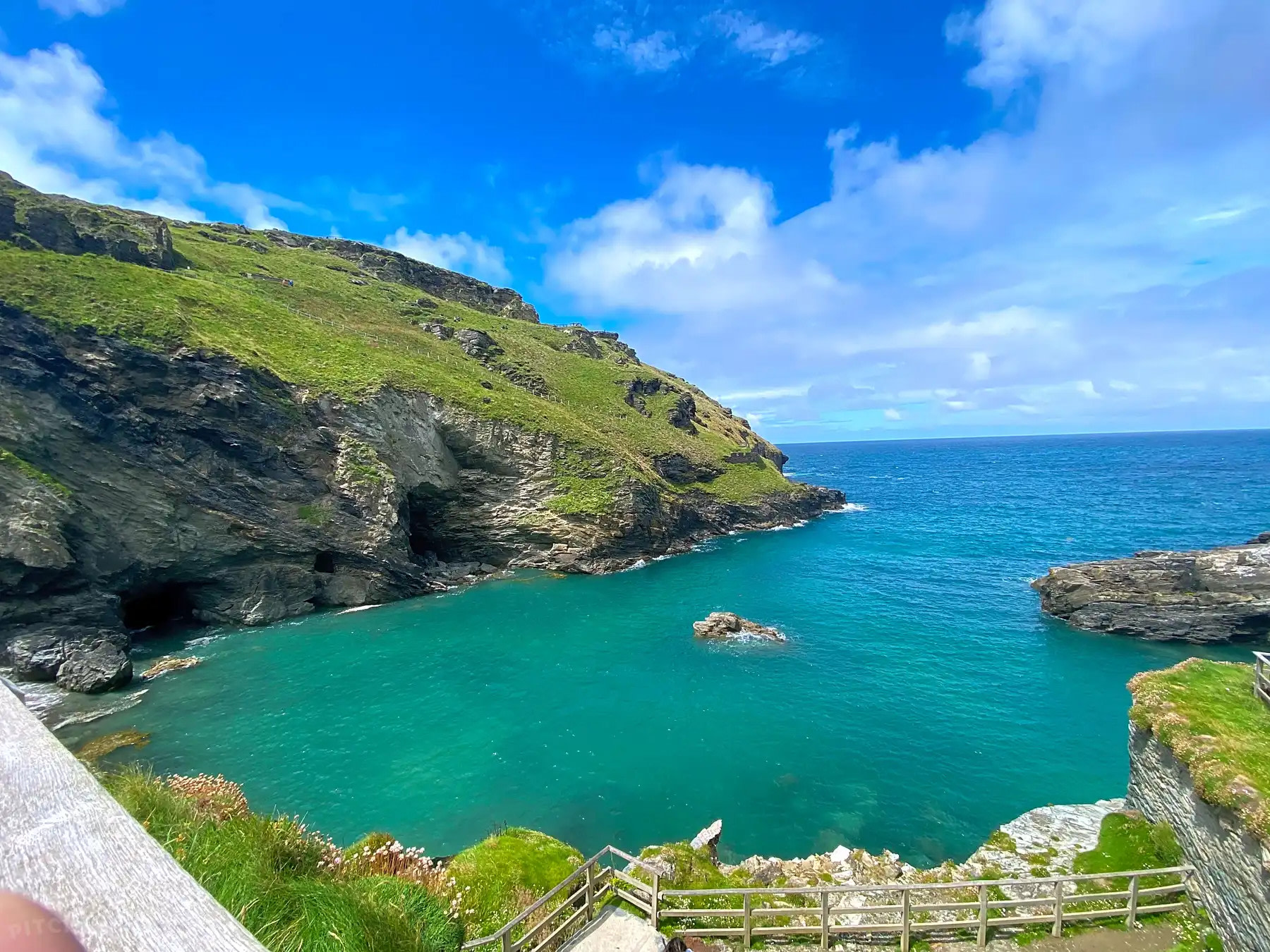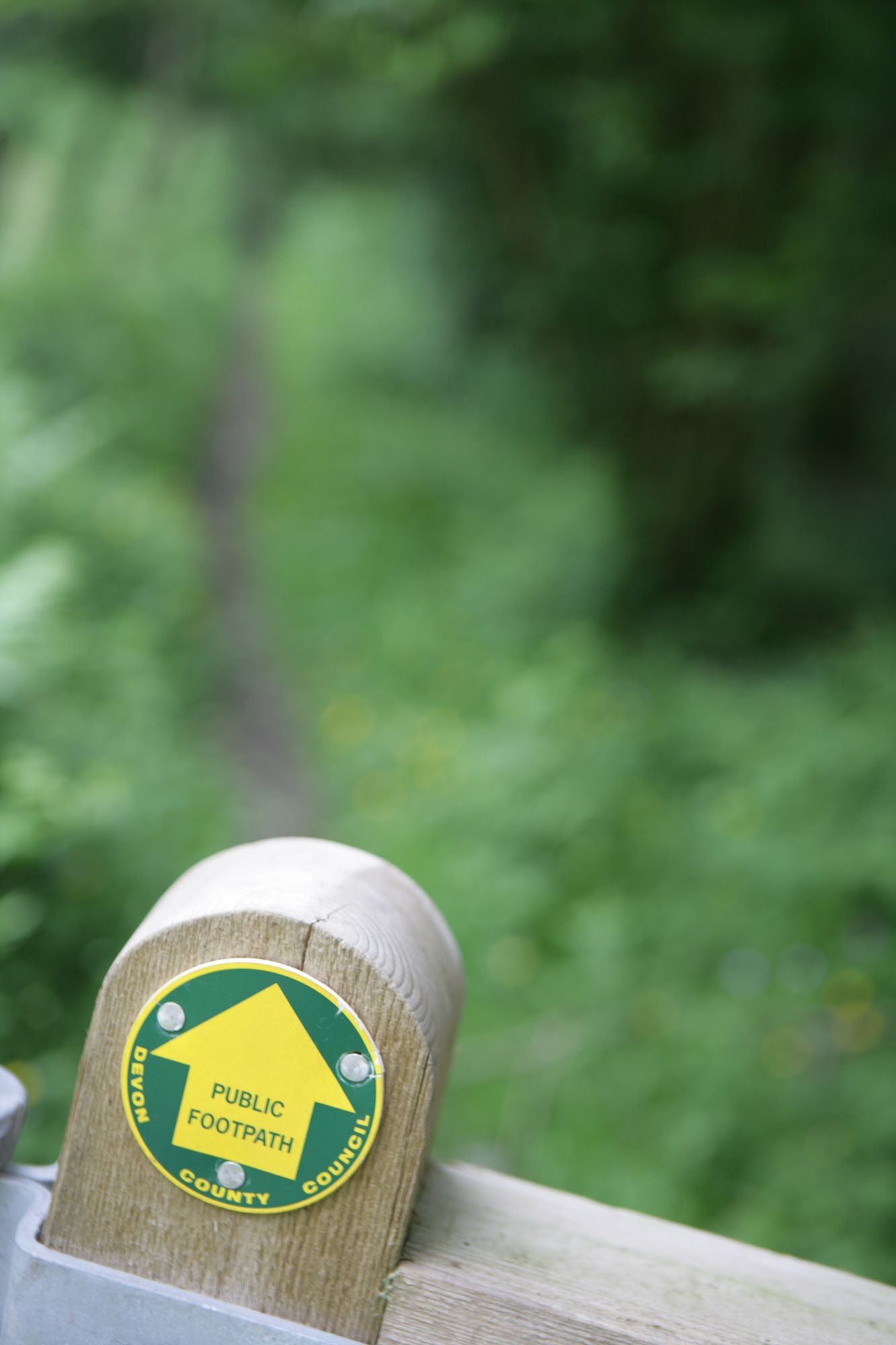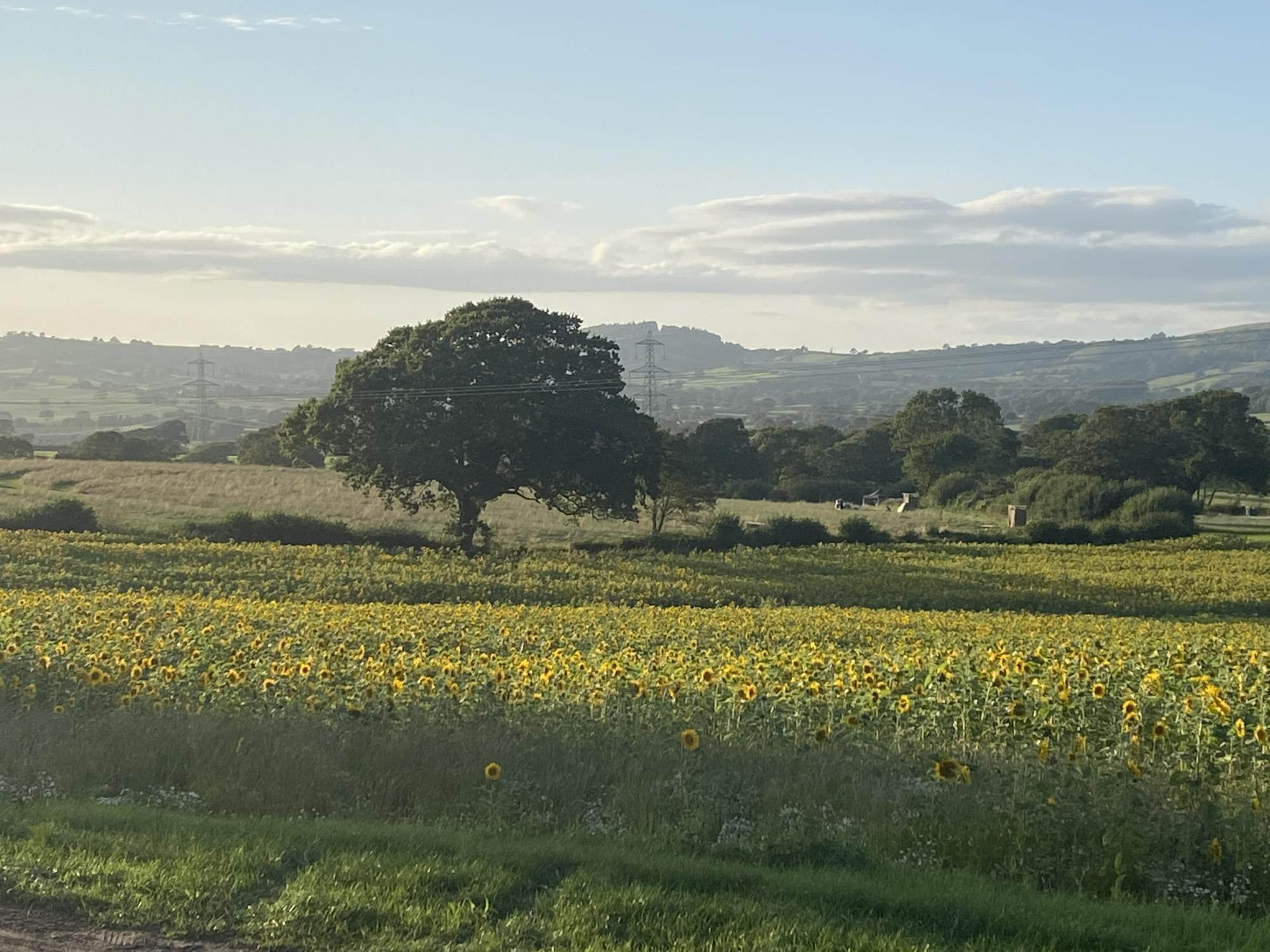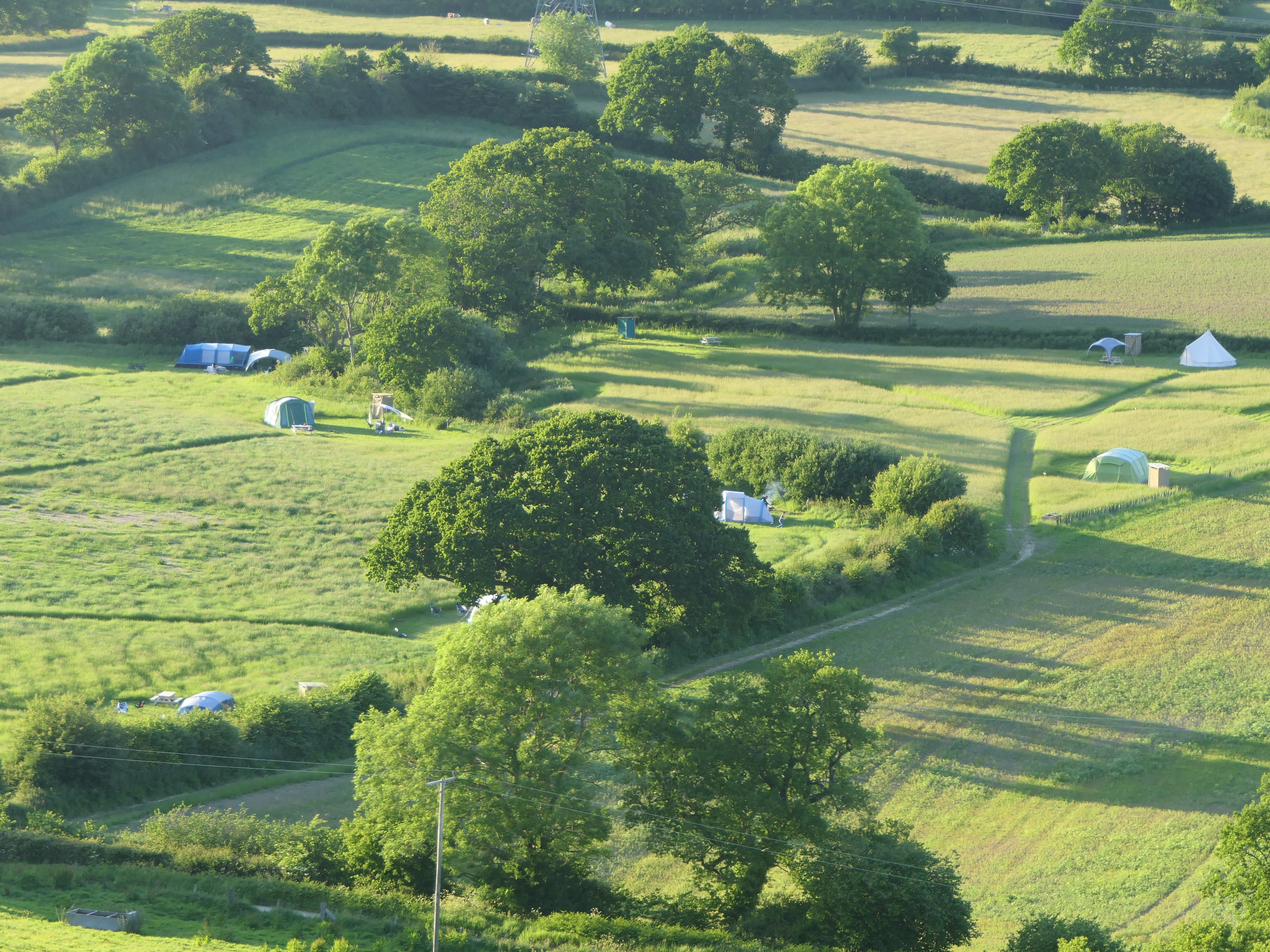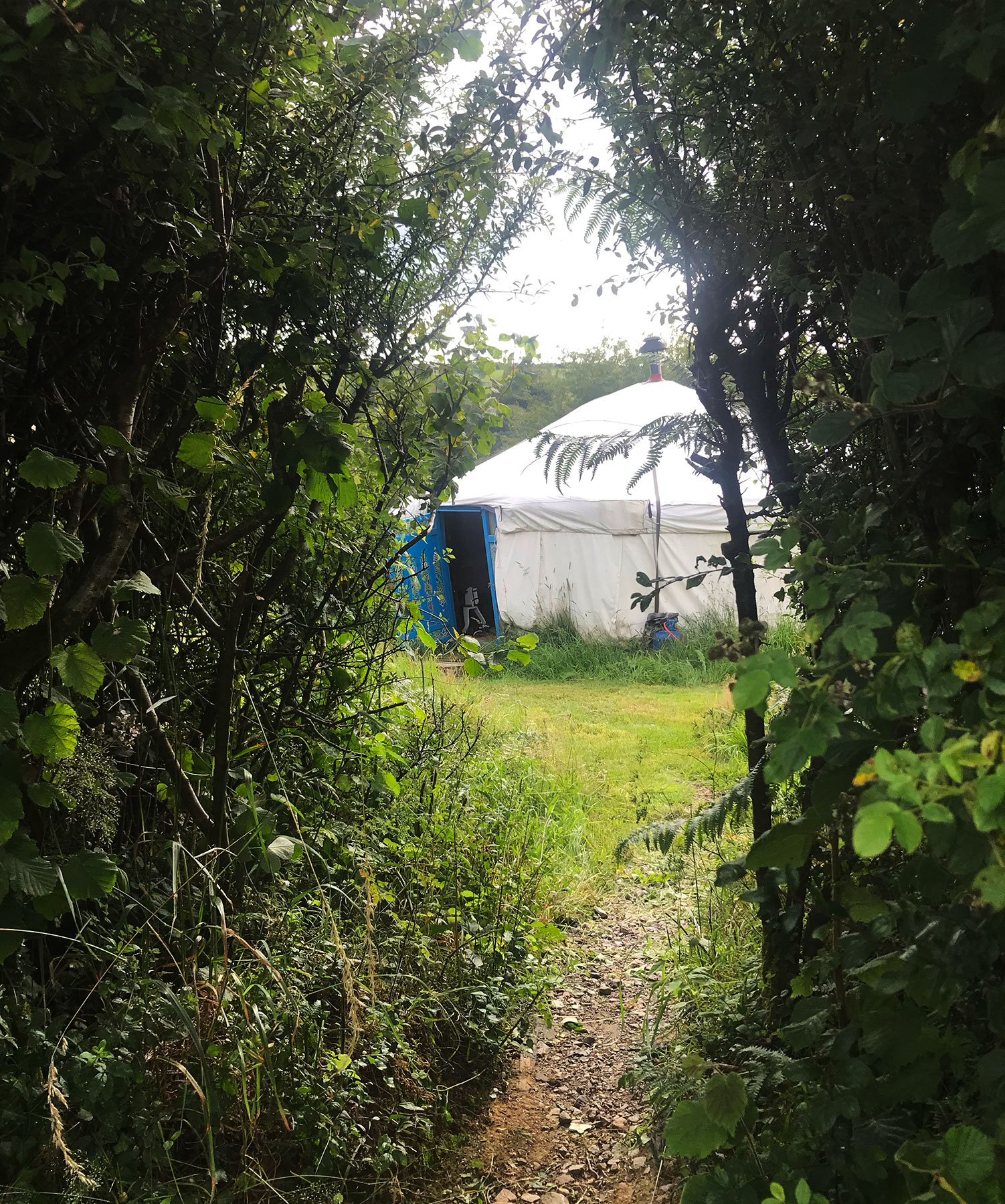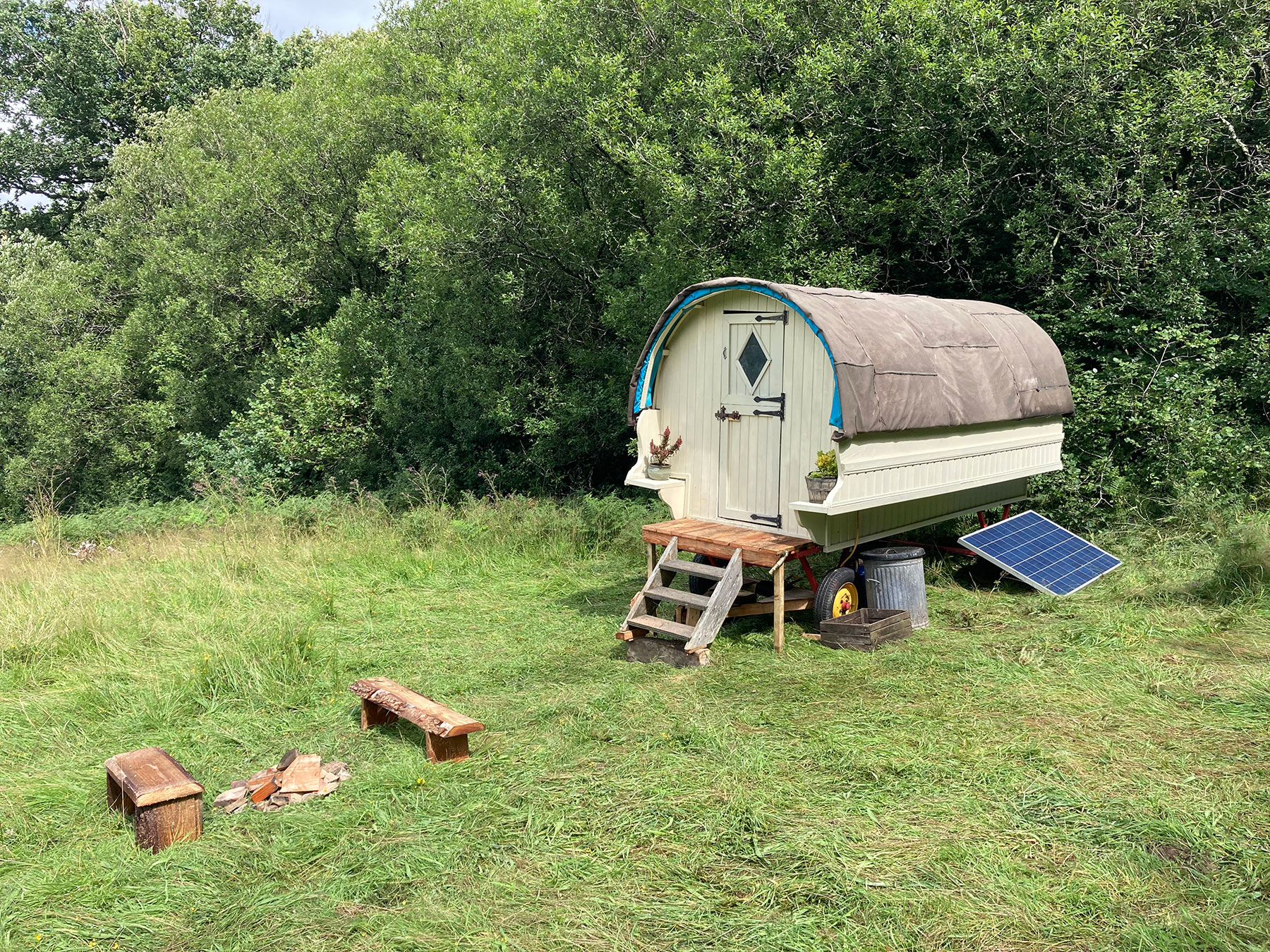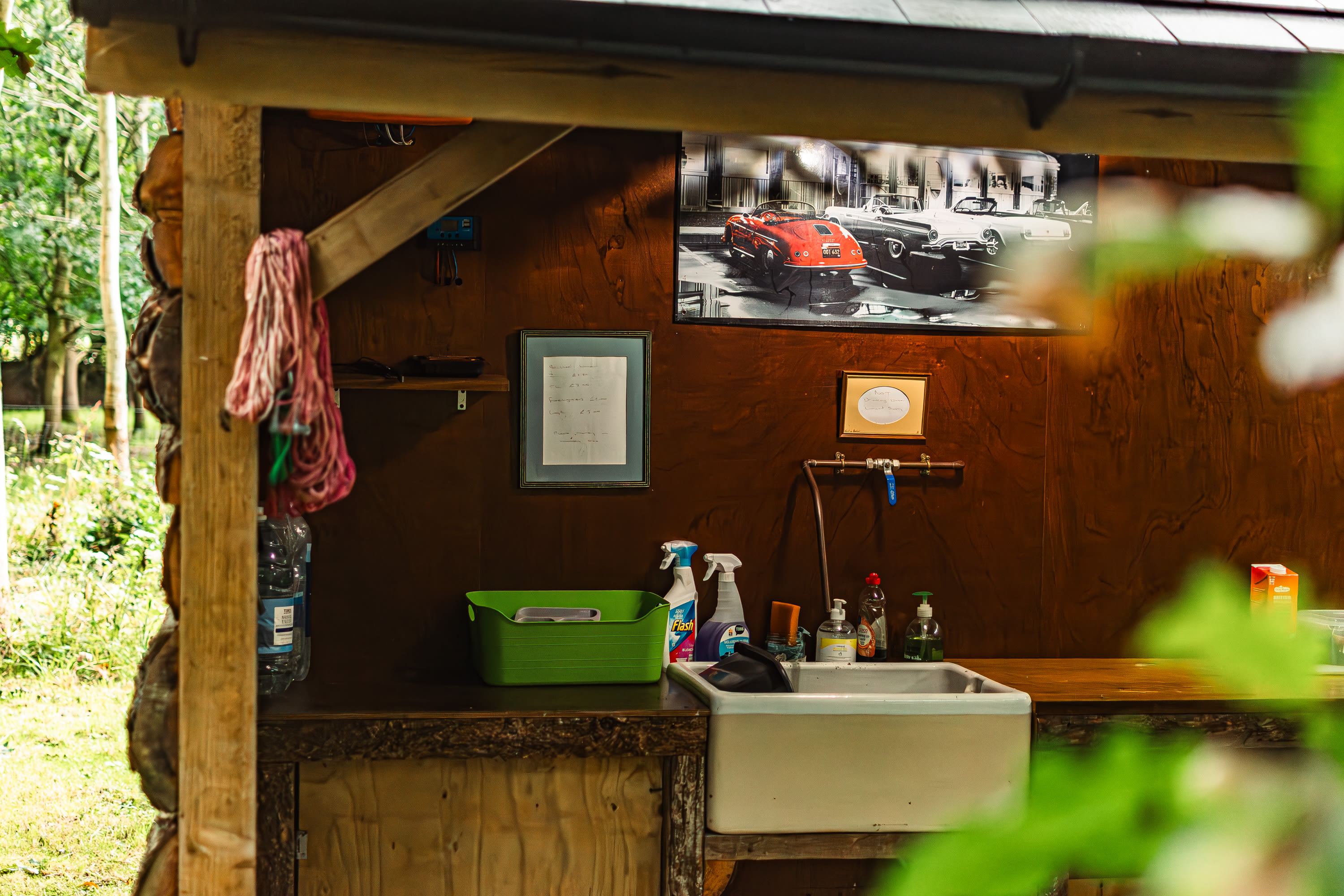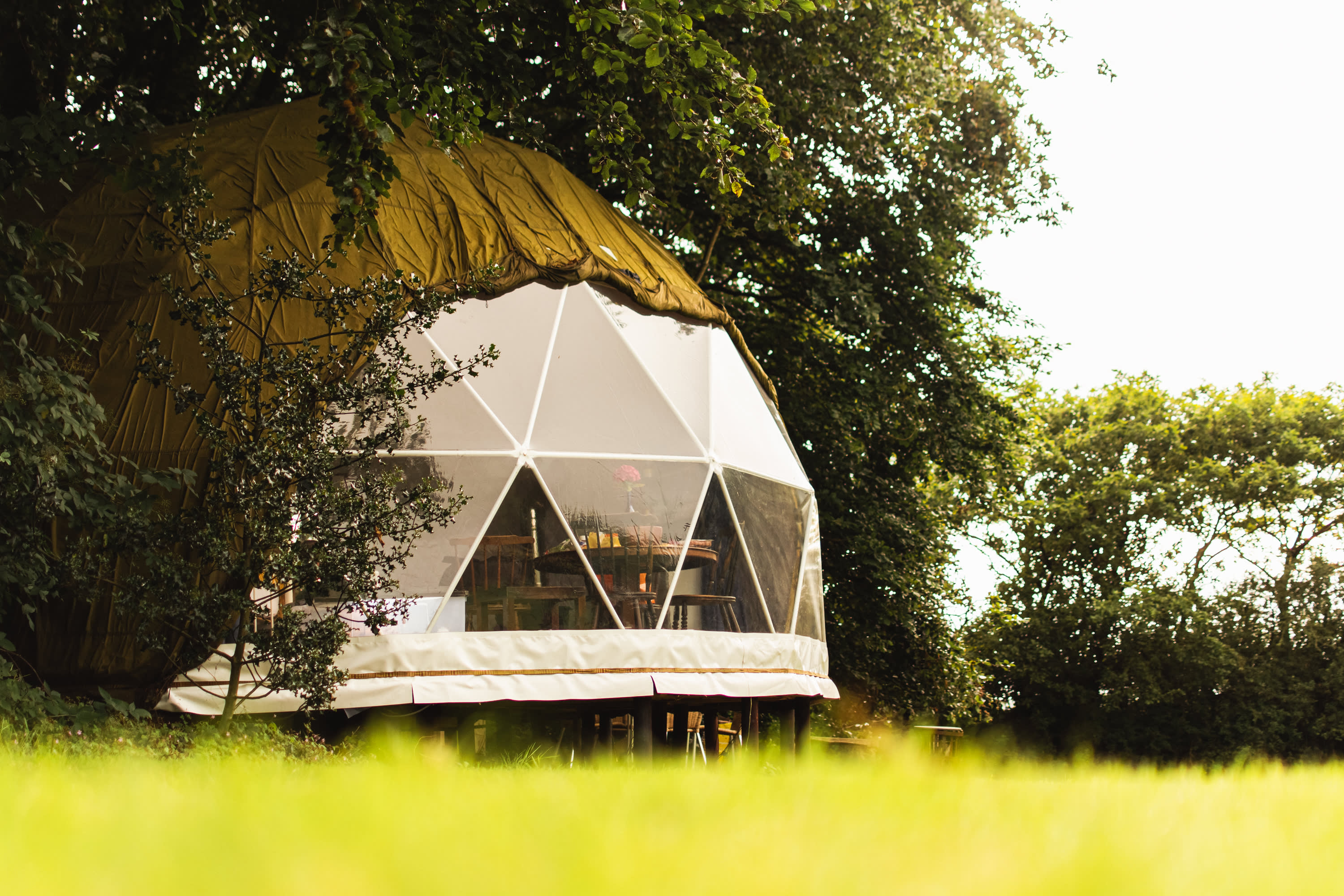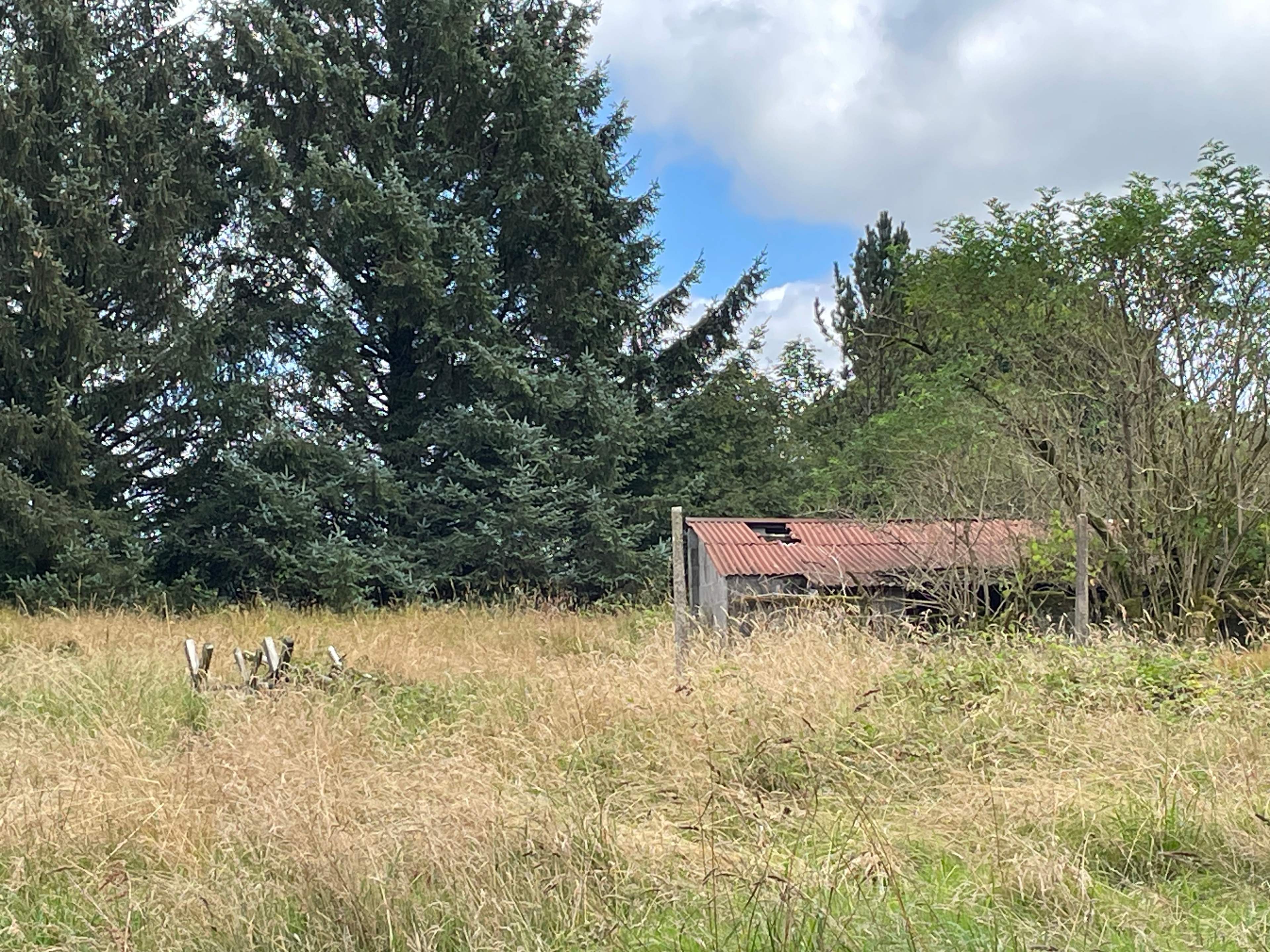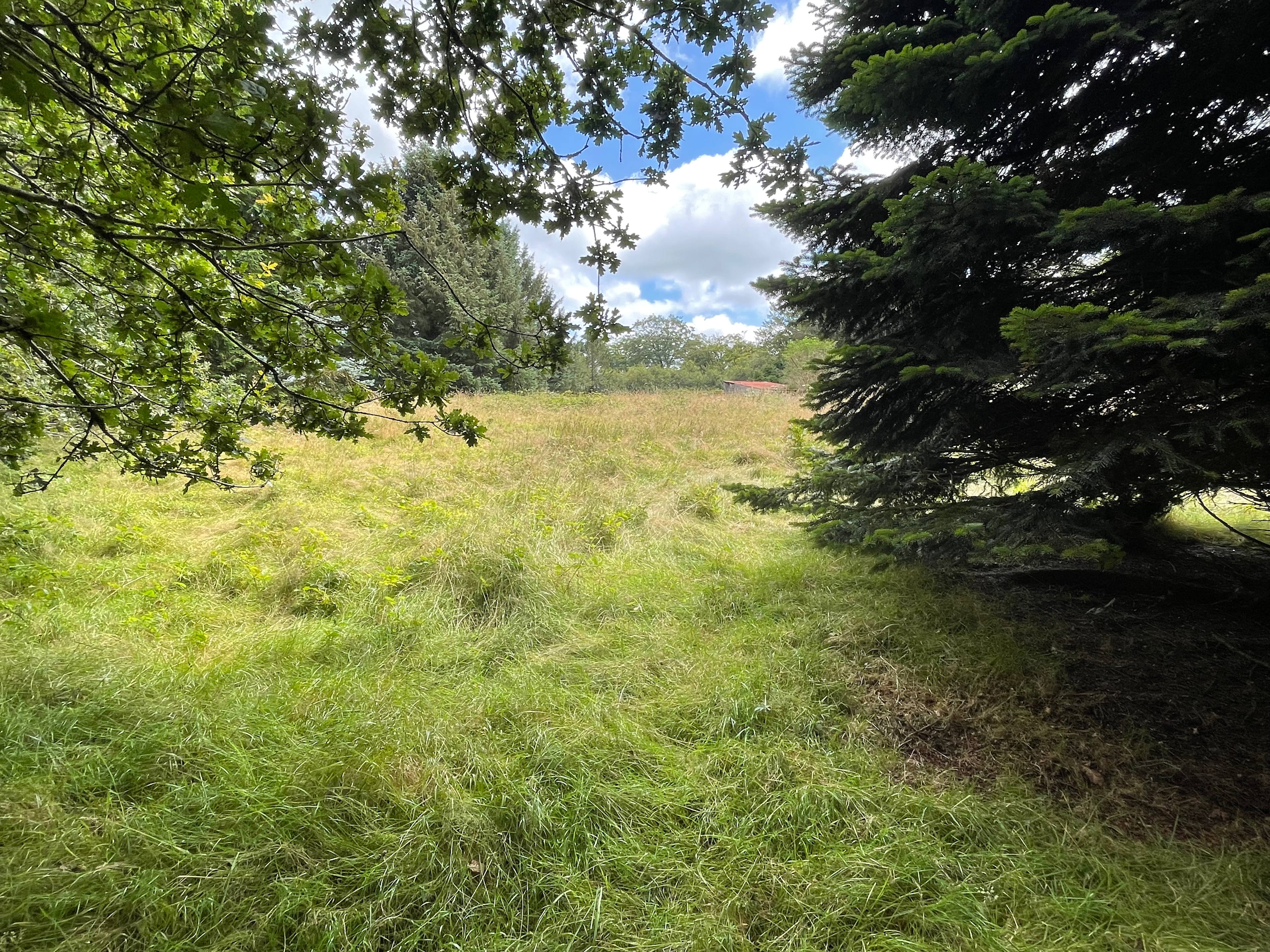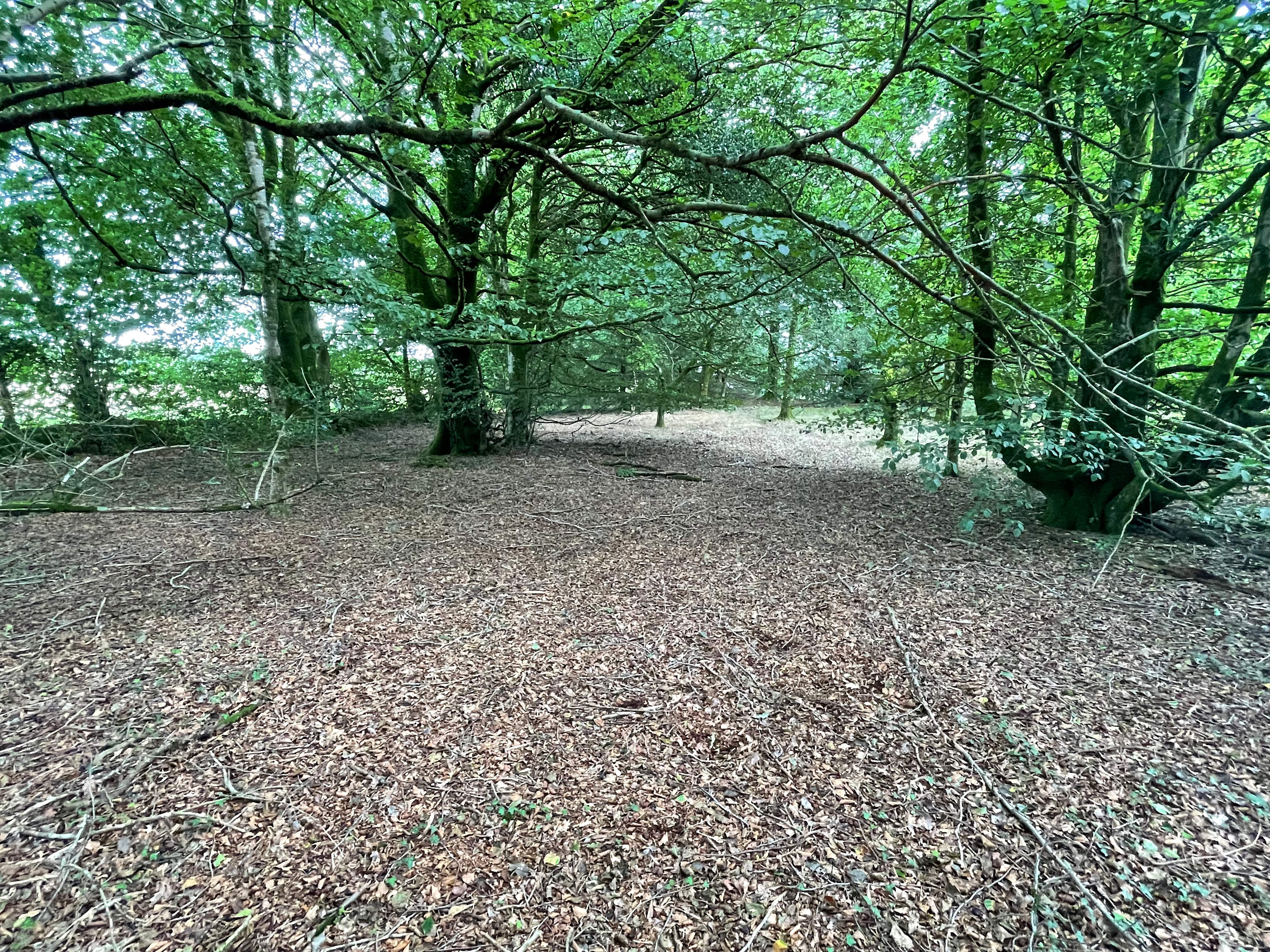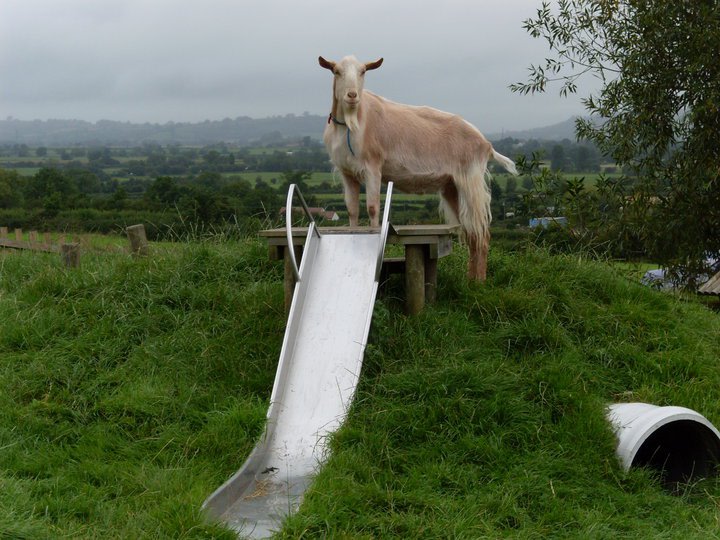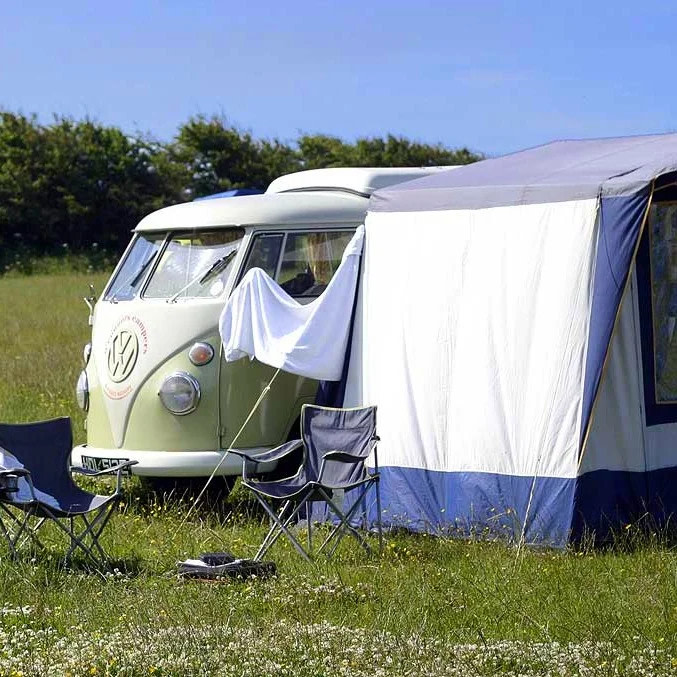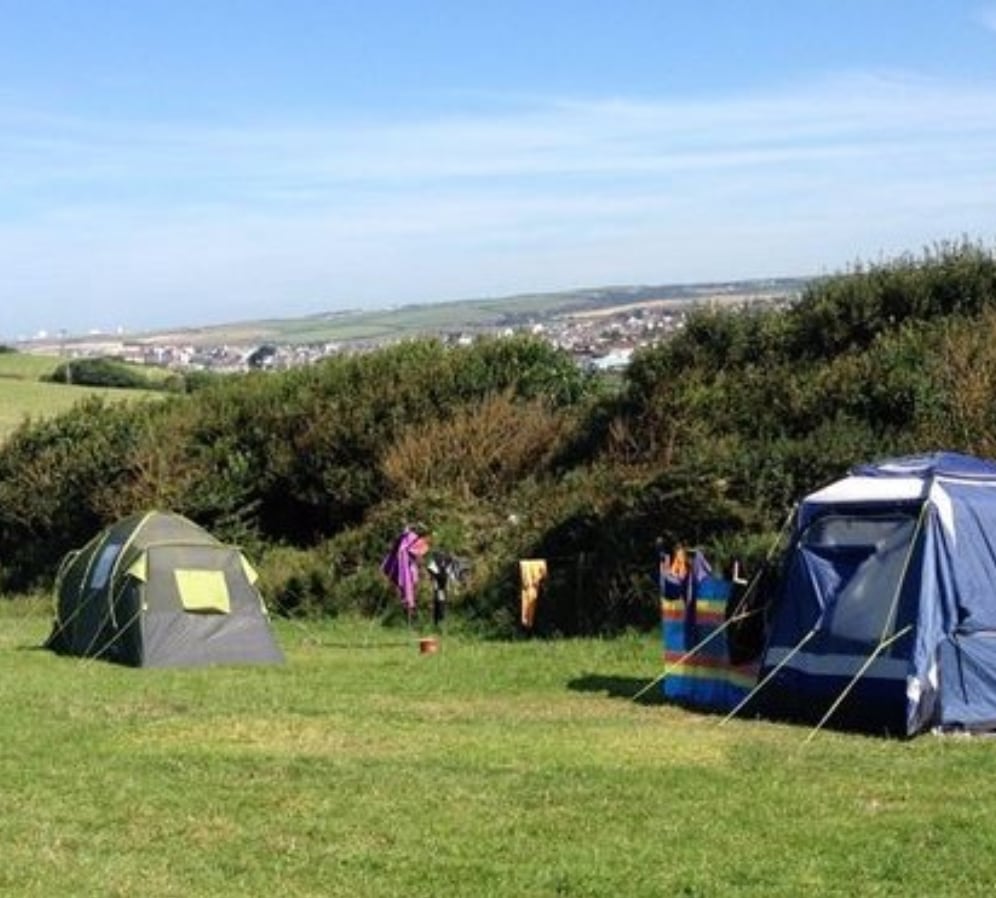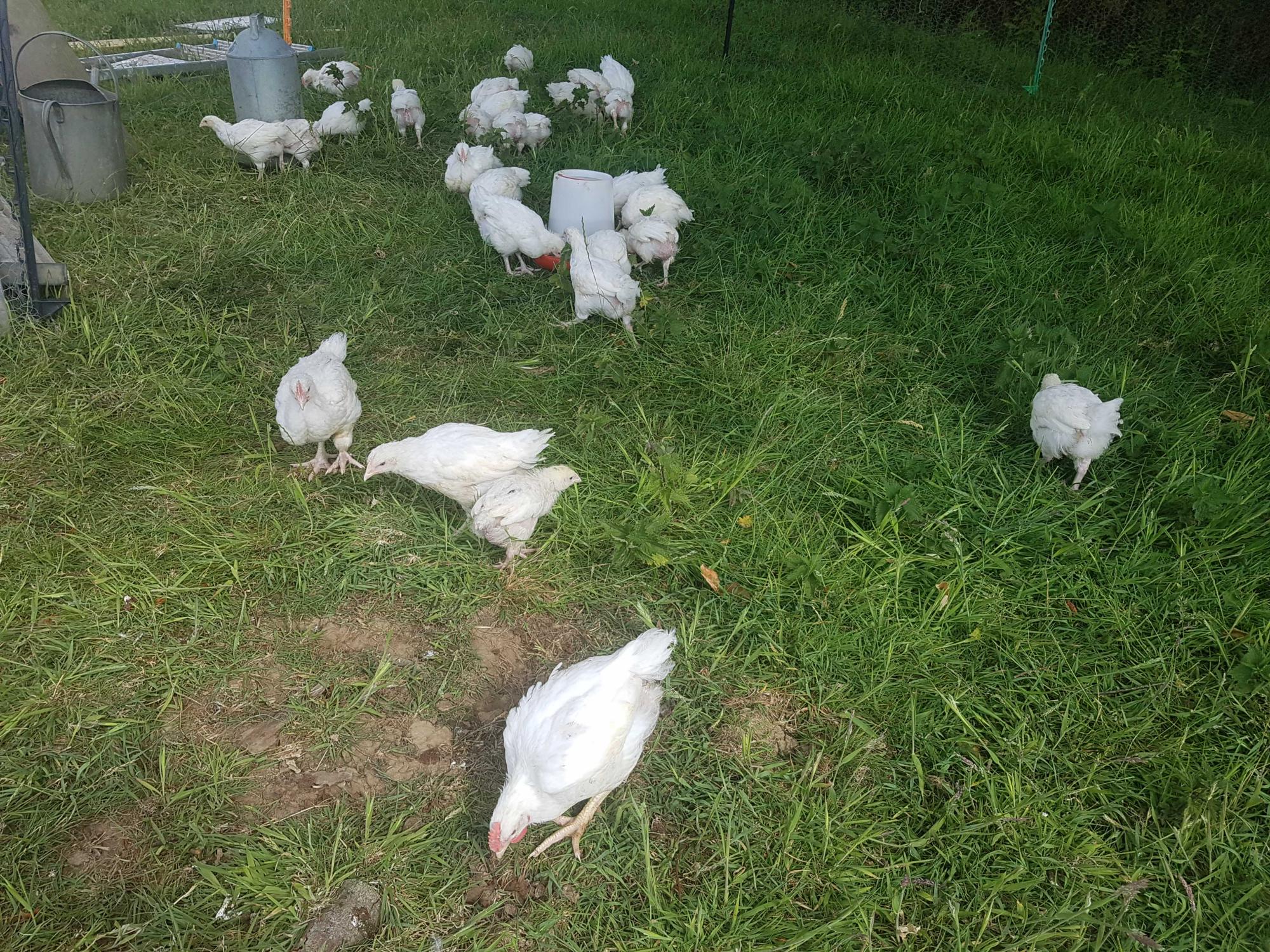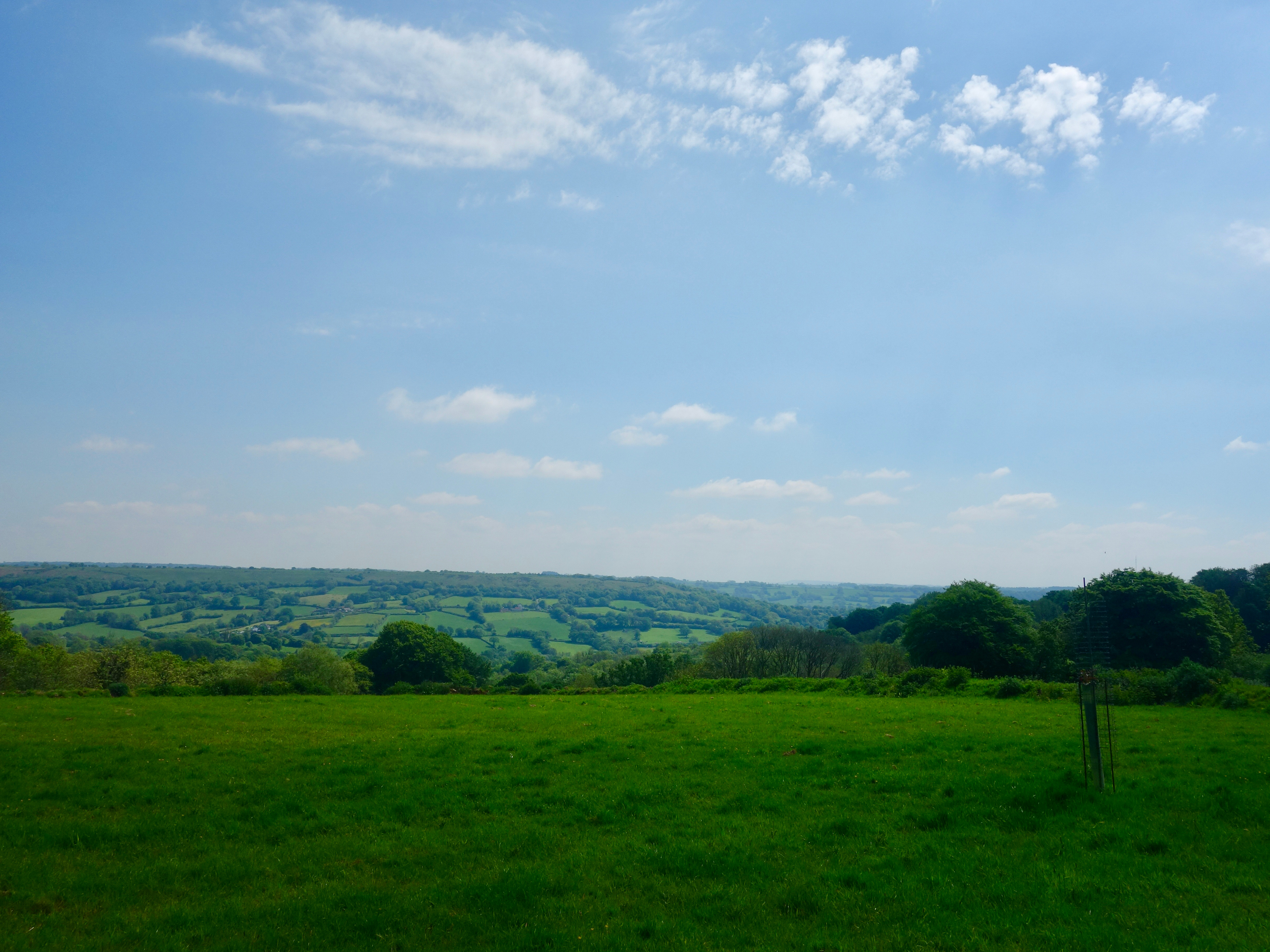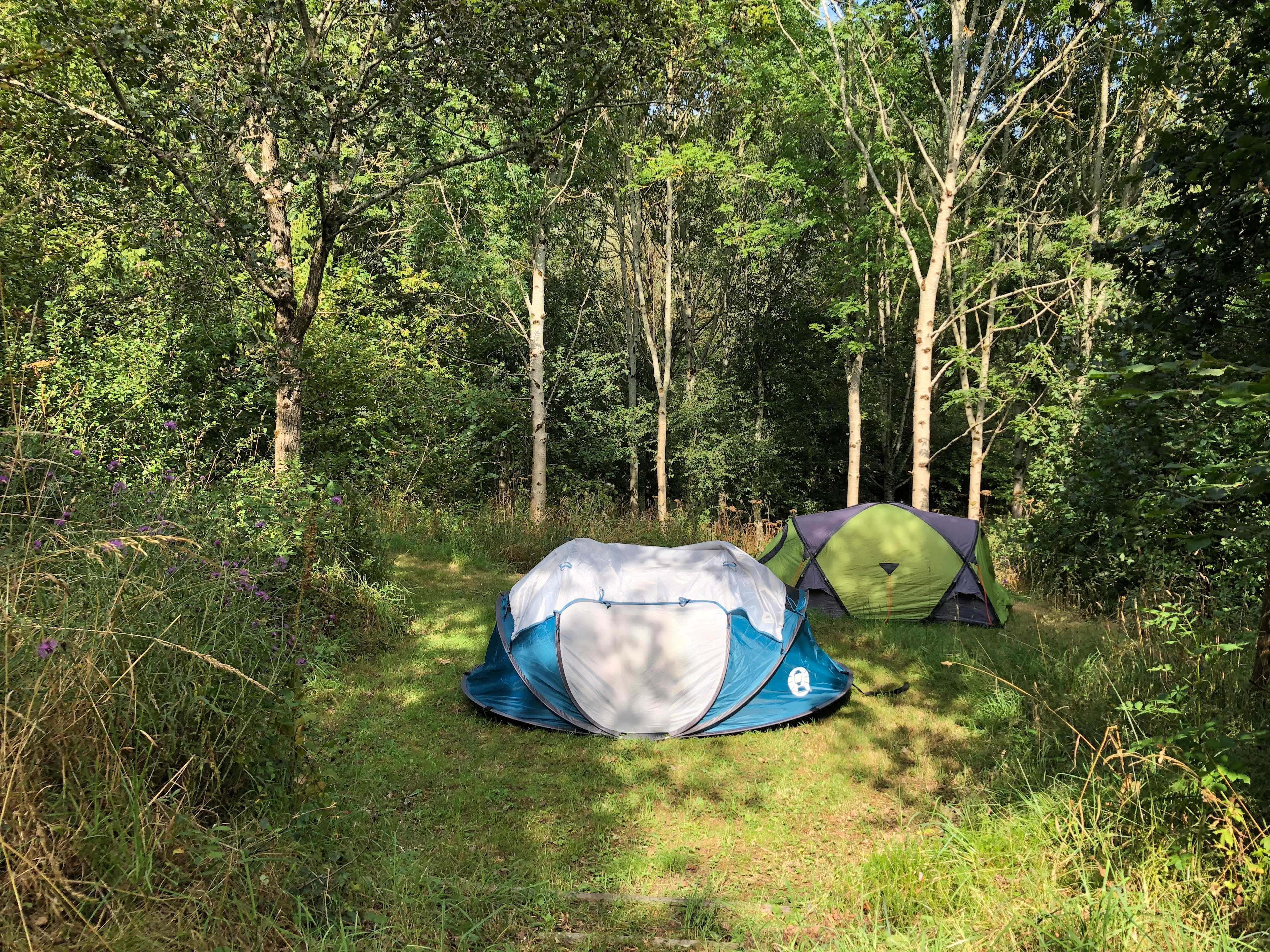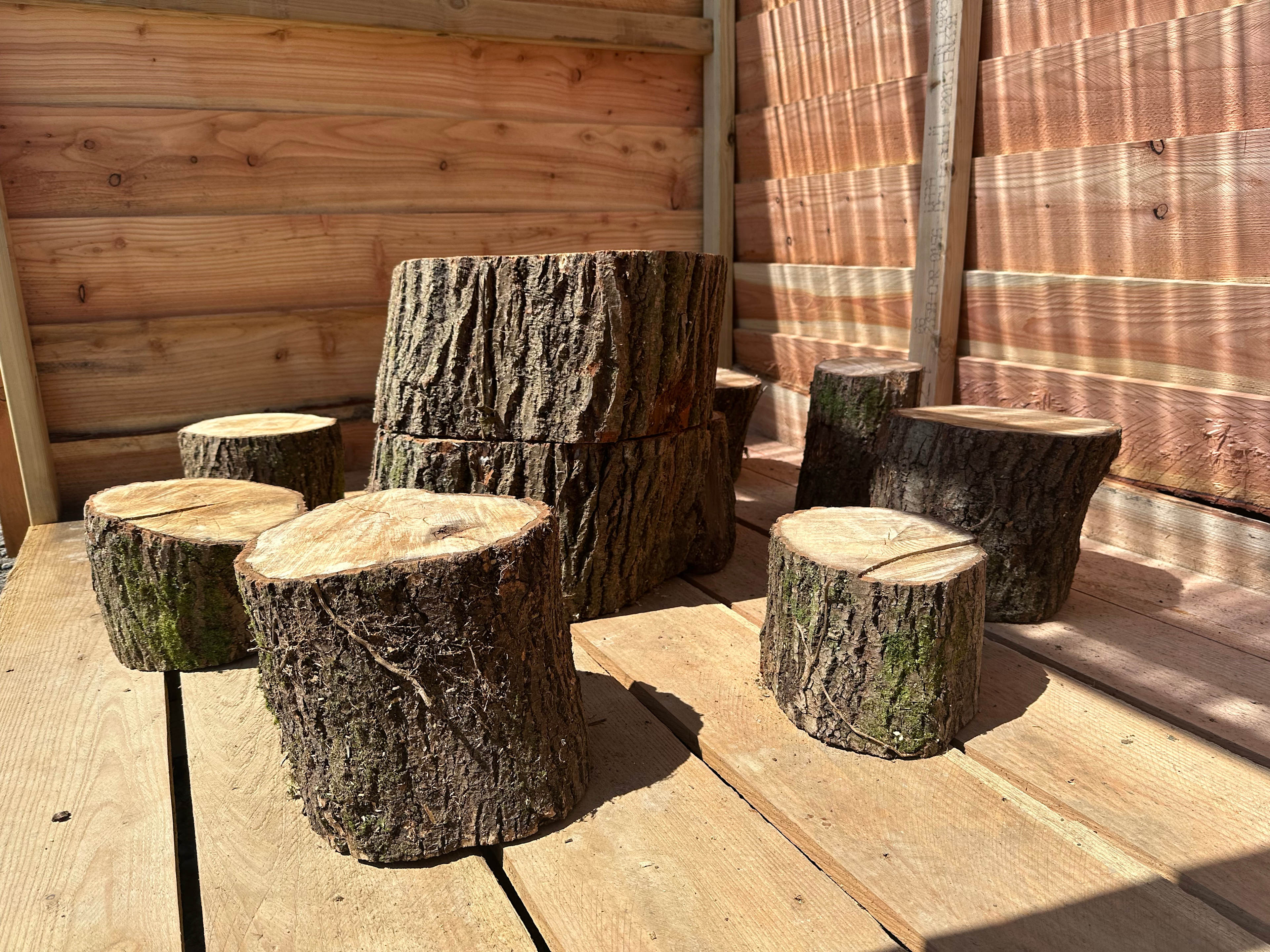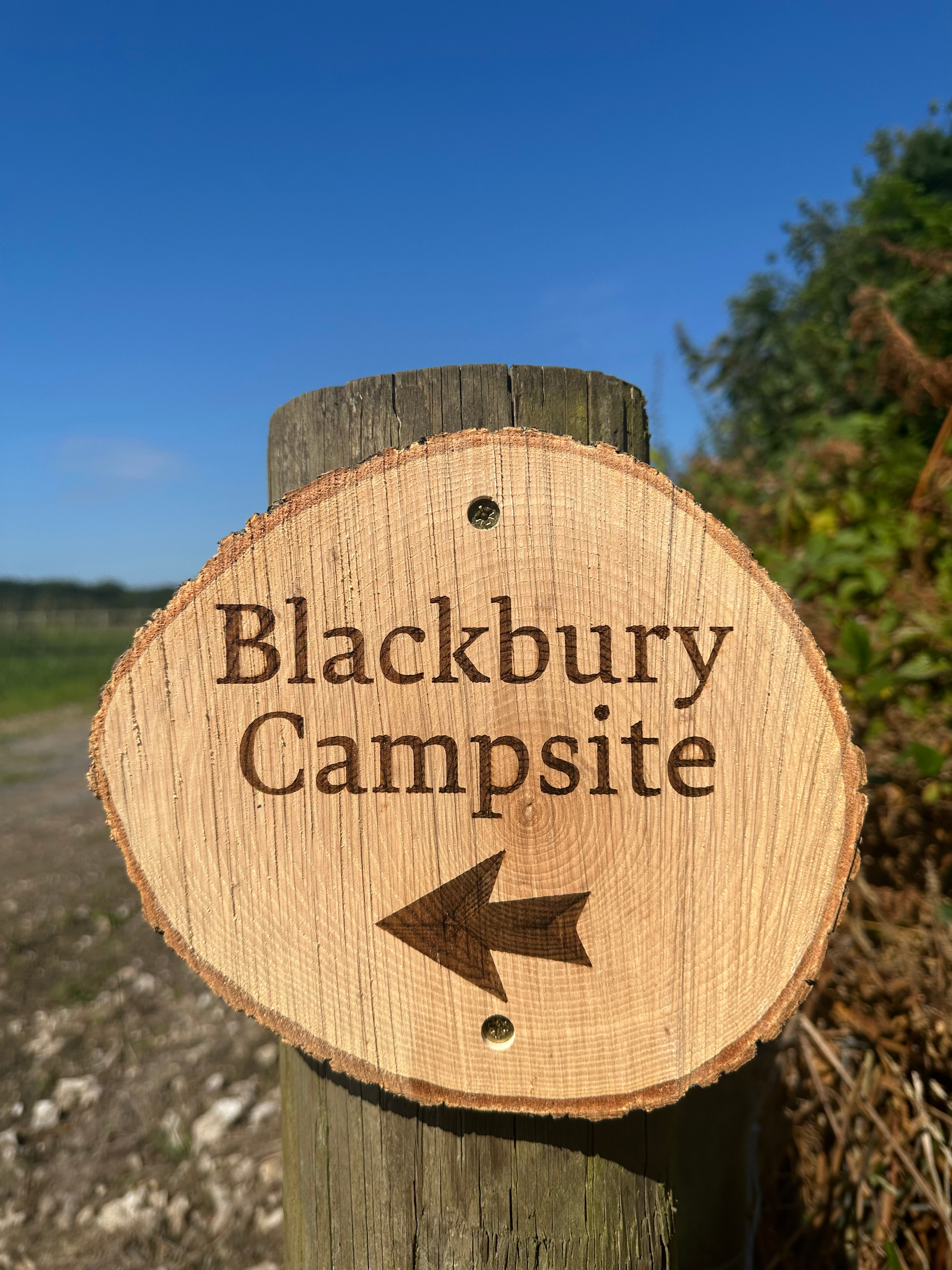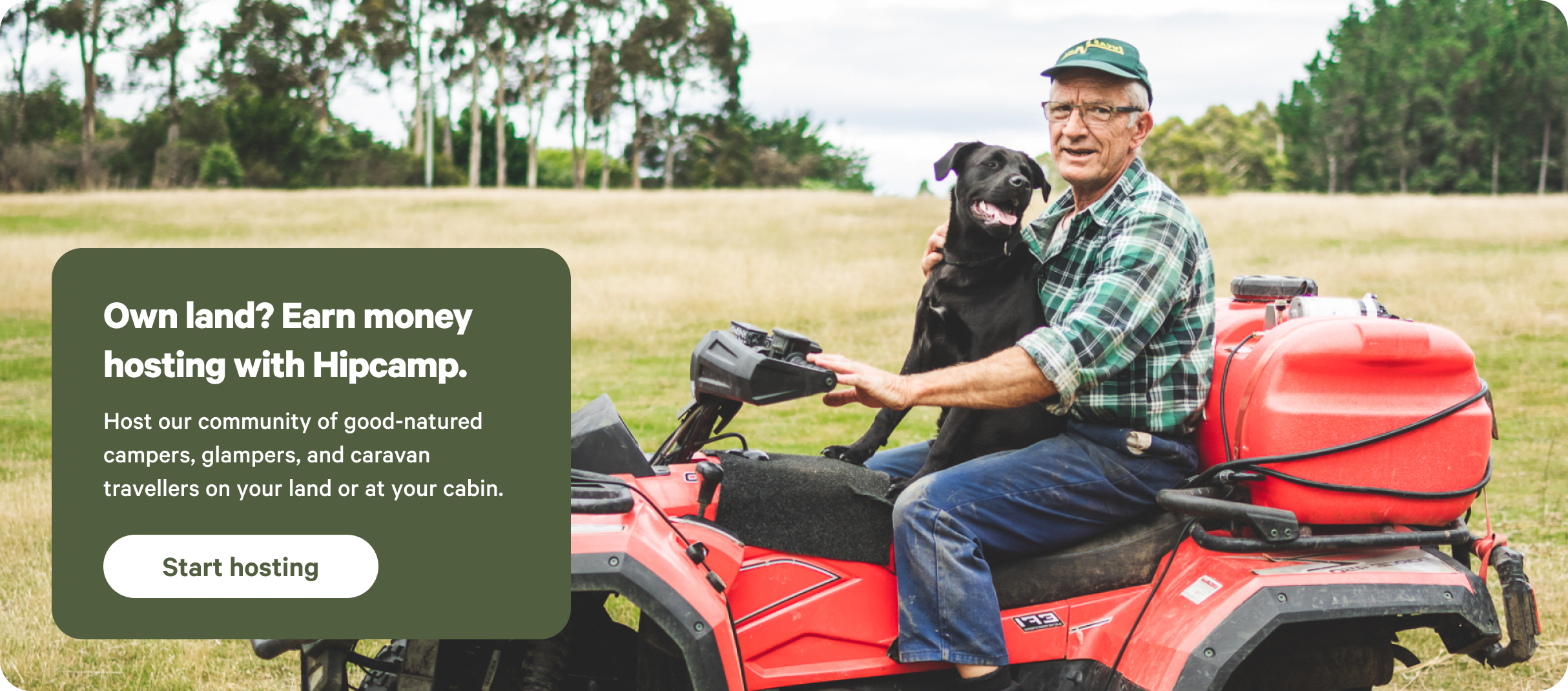96% (1.8K)
Top-rated campgrounds near Exmoor National Park
96% (1.8K)
Top-rated campgrounds near Exmoor National Park
Camper favorites in and near Exmoor National Park
Top-rated campgrounds reviewed by the Hipcamp community.
Recent reviews from the Hipcamp community

G
Graham
November 2025
Tent
The area i lovely and quiet with plenty of wildlife
I went in autumn/winter time so not a lot going on at the site
Can imagine it’s busy during summer months
See more
H
Haven
November 2025
Tent
We loved our stay at Little Eden. This was my second visit and I can see it becoming a little home away from home in the future. It brings a lovely sense of peace driving up the driveway.
See more
M
Mike
November 2025
Tent
With kids
The view from my tent was amazing and if I was there in the summer with the water beside I think the view would be even better. I did worry about being able to drive out because of the way in and out but that's because it rained a lot when I was there but apart from that it's a nice quiet place
See more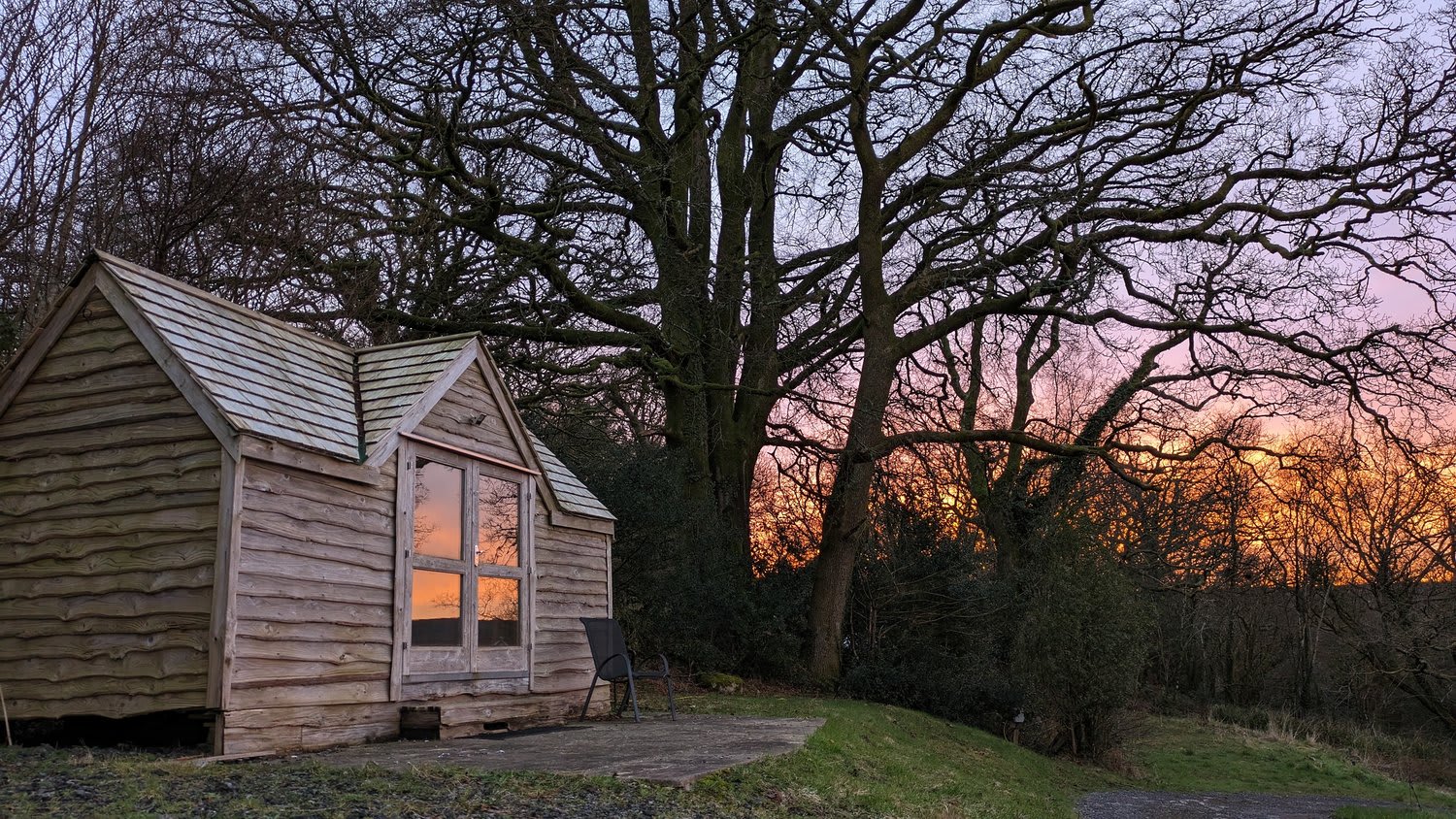
Jasmine
October 2025
Weekend Trip to Llandyfan Camping
A lovely stay on a nice quiet campsite. Would visit again :)
See more
S
Samantha
October 2025
6 m Class B
With pets
We had a wonderful time as always! We’ve been here quite a few times now, and it never disappoints. It’s such a beautiful, peaceful place to relax and unwind. A lovely surprise this time was watching the cows wander past — such a charming touch to an already perfect stay. We really can’t recommend this place enough; it’s definitely one of our favourite spots to camp!
See more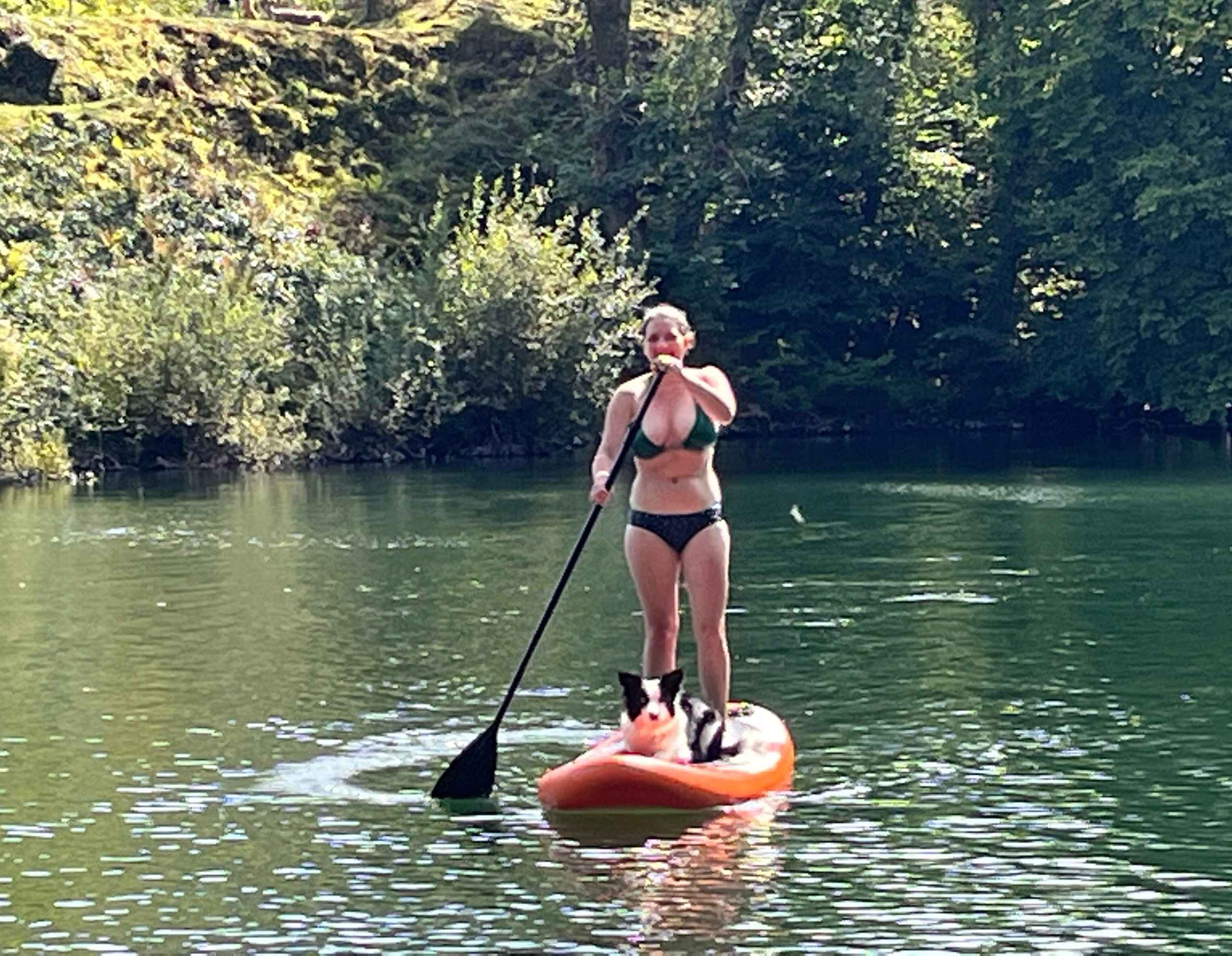
Ryan
October 2025
Tent
Nobody around us but the stars and two shetland ponies, views over the reservoir on the hill were amazing, but be careful pitching there as the grass is only centremeters deep and pegs hit rocks everywhere, our tent blew away and caused a scene - the land itself though is 10/10
See more
s
shirley
October 2025
5 m Class B
Beautiful site beside a lake. Lovely views and nice walks from the field. Nice to sit beside the camp fire star glazing at night.
See more
r
roblox
October 2025
5 m Class B
Amazing place to stop. Beautiful scenery with fantastic walks to the viaduct and reservoir nearby.
Lovely to be able to have a fire.
We went for a great meal at Dartmoor Inn (10 min drive)
Got our camper down ok. It could get a bit tricky if the lane gets wet and slippery.
See more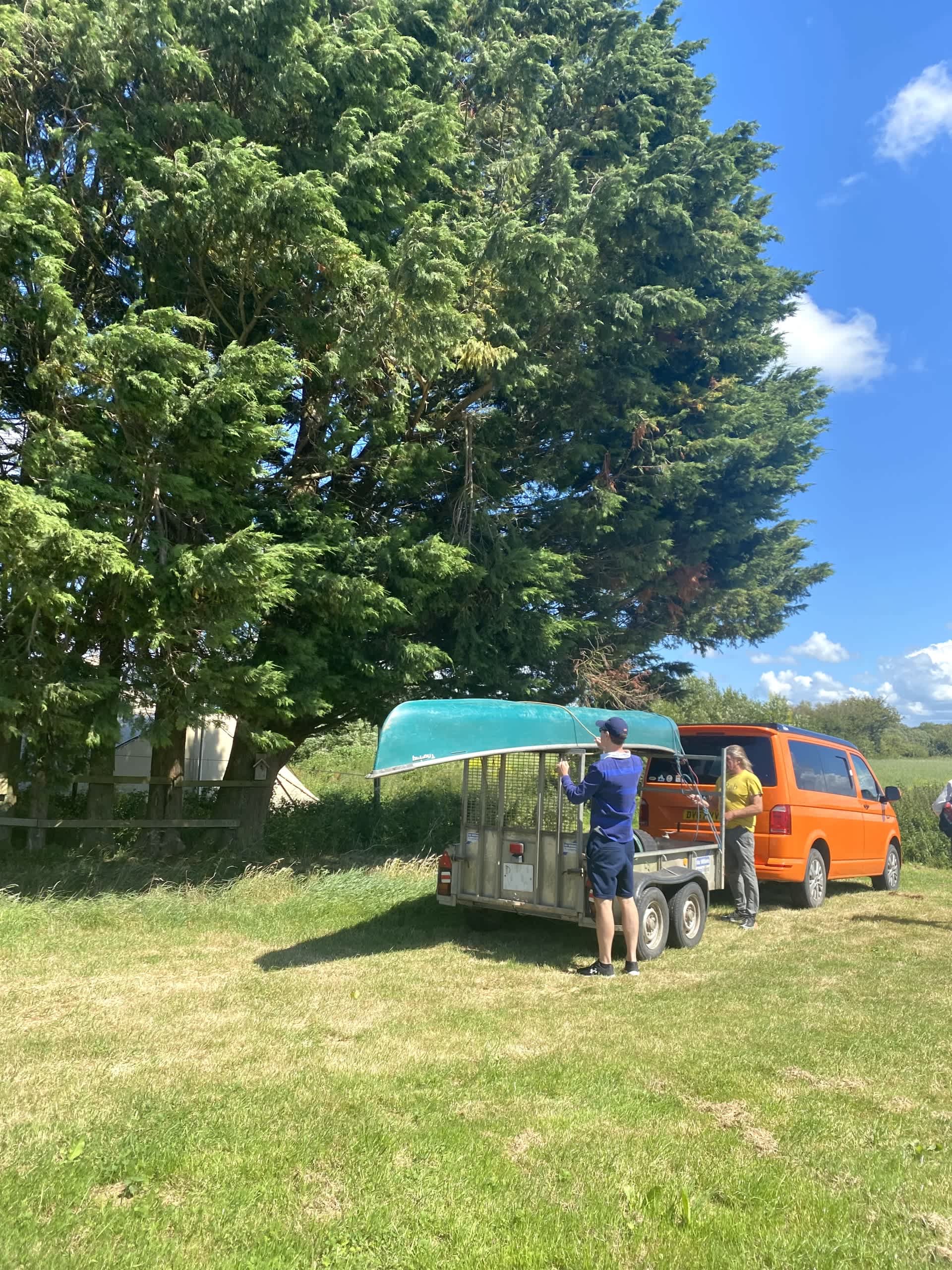
J
James
October 2025
4 m pop-up camper
We had a great stay. We stayed for one night and used it as a base to cycle to Glastonbury and back. We were left to ourselves and trusted by the owner which we loved. Sites like this are the reason we bought out camper van. Thanks for a great stay.
See more
N
Niome
October 2025
With kids
brilliant place to stay, very relaxed there but if you need anything they was there. me and my partner stayed here with our 2 daughters and our dog and it was 100% one of the best places we have been to, great veiws, great facilities. all in all will 100% be staying again and maybe try the other cabins.
See more
c
charlotte
September 2025
5 m Class B
With pets
Beautiful Spot, we stayed for 2 nights. We had great communication with Phil and a bag of wood delivered to camp. Shared the camp with 2 ponies but no one else. Was nice to see the horse trail pass camp. Overall top spot if you are ok with no facilities. We would definitely stay again.
See more
S
Scott
September 2025
Tent
Tim was a superb host. Recommending lots of things to do and places to eat. The site was picturesque with great views of the sea! The trip was made even better with the fire to cook on. We will be going back. Thanks Tim for a great time.
See more
E
Emily
September 2025
Tent
Wow, Little Eden is exactly what it says it is. It has everything for a wonderful camping experience. You are totally emmersed in Nature. You can hear the wild life and birds around you. You can use a fire pit and sit outside under the stars, whilst keeping warm.
The decor is beautiful, the facilities are great.
Showers, toilets, washing machine, fridge and anything else you can think of.
I would definitely recommend Little Eden to everyone.
Thank you so much Andy,
Emily 🙏
See more
M
Molly
September 2025
Tent
We really loved the area and Tim was amazing, so helpful and kind. Full of knowledge about the area and places to visit.
Owners make the camping sometimes, but the views are breath taking.
We both will be coming back. Great location 20 mins from cheddar.
See more
H
Hew
September 2025
Tent
A gorgeous and spacious campsite with an absolutely magical feel.
Such an idyllic spot to wake up in. I can't wait to come back and visit again!
See more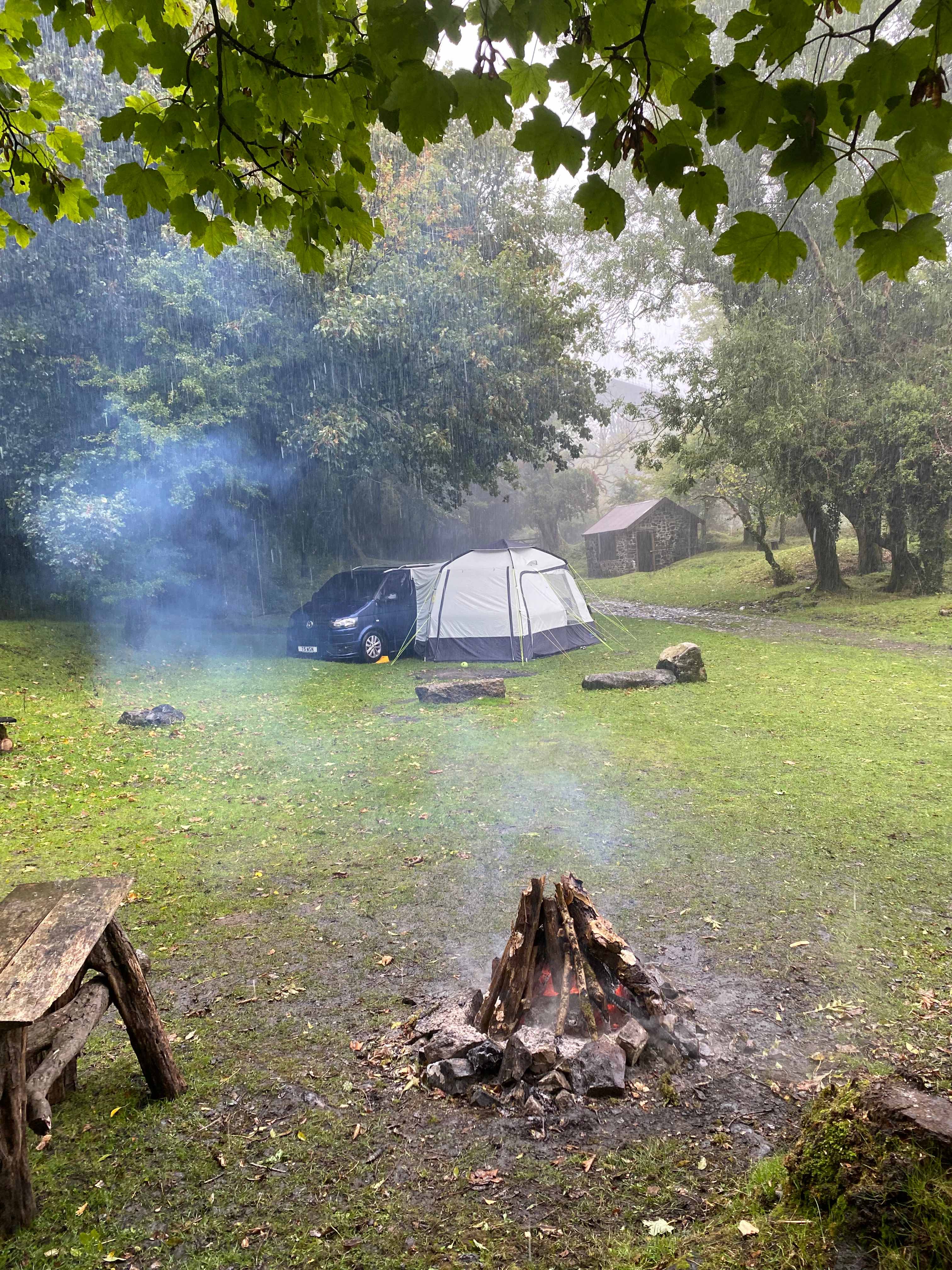
P
Phillip
September 2025
4 m Class B
With pets
It was a beautiful secluded spot close to the lake and the moor.
See more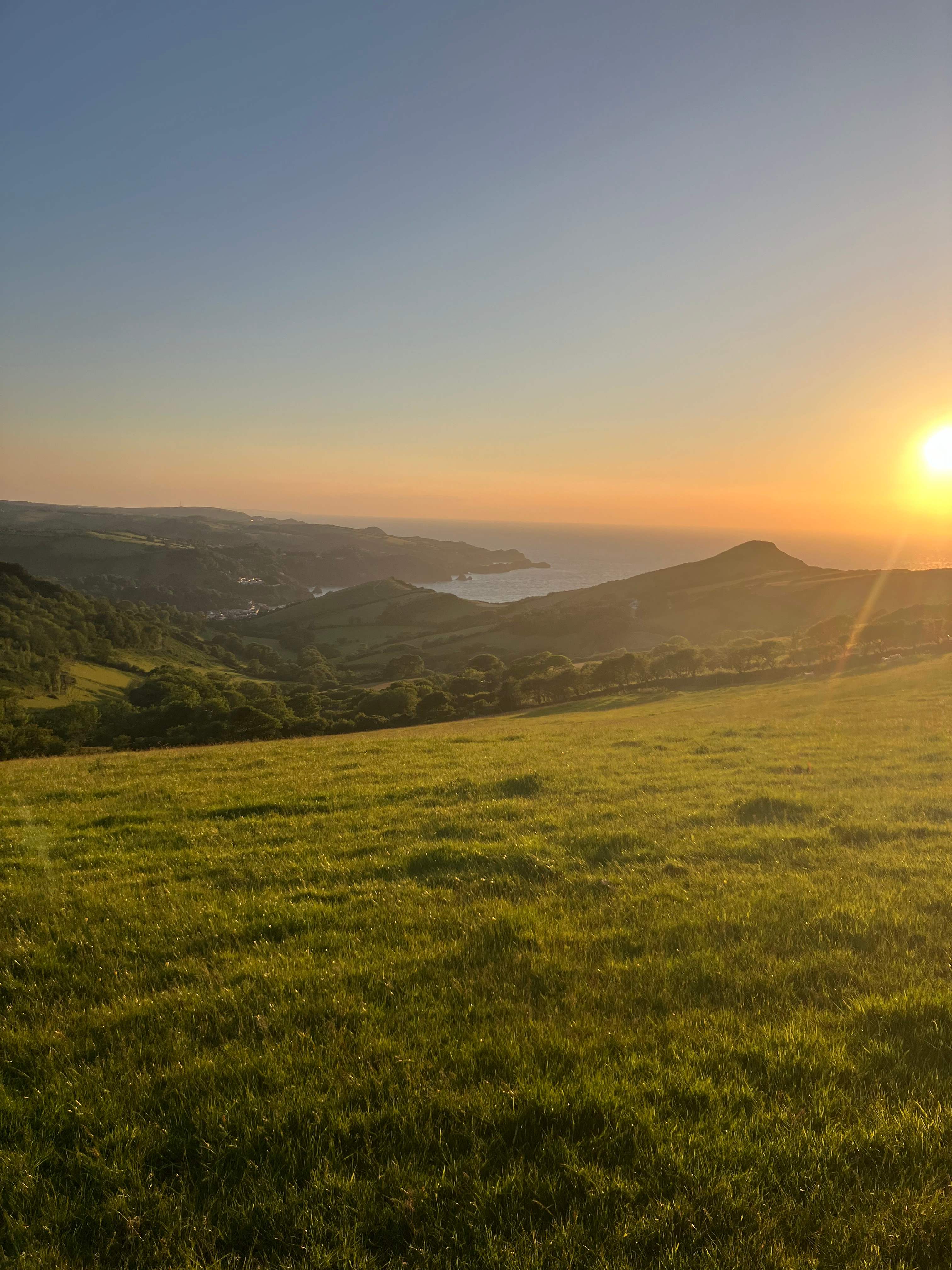
J
Jack
September 2025
Tent
Very helpful and friendly, lovely views and clean facilities, would recommend 👍
See more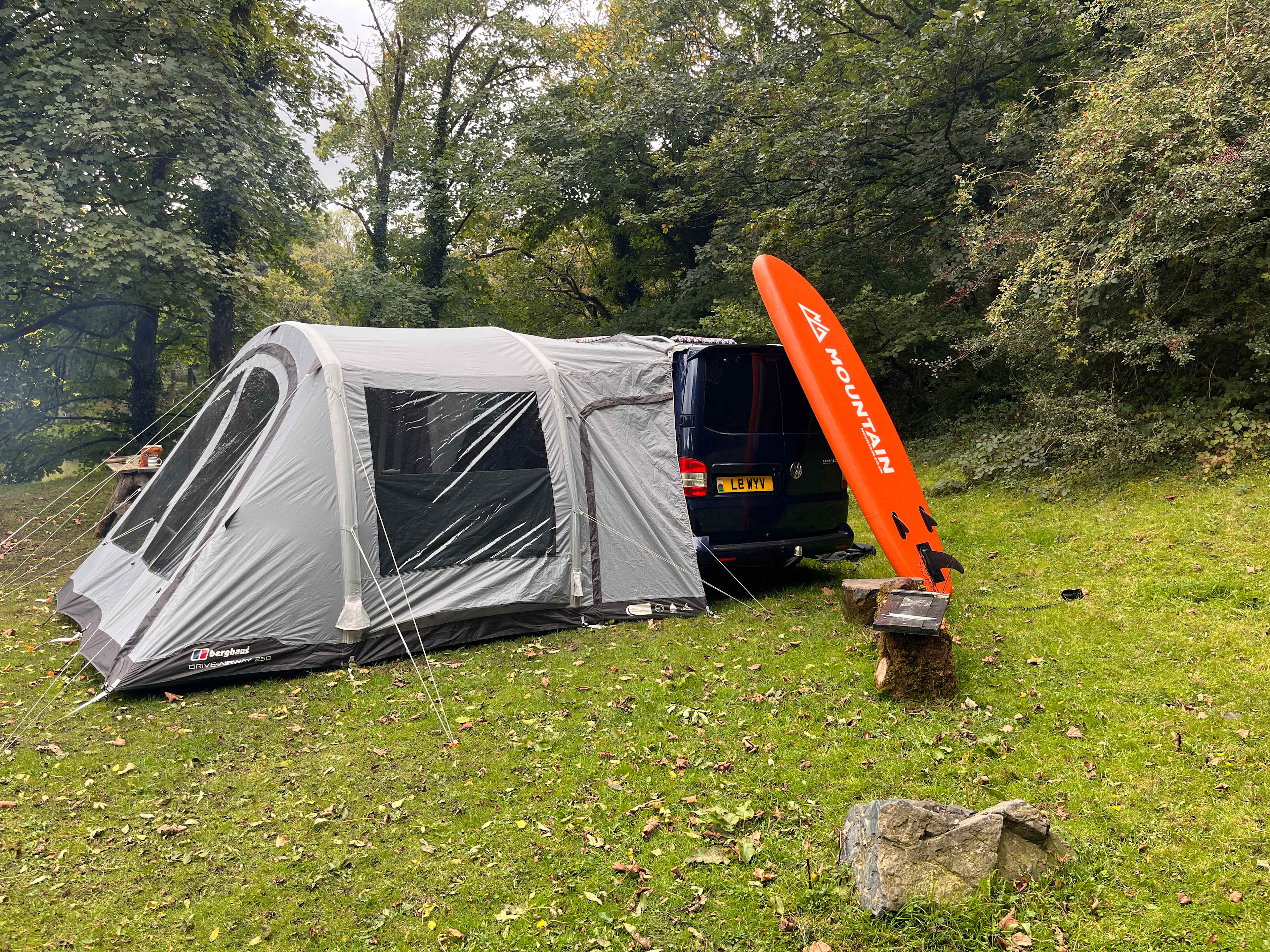
Lewy
September 2025
4 m Class B
With pets
Our second time staying at Phil’s beautiful lakeside gem.
Seclusion, scenery, wildlife, stars and zero stress….. those are the words that sum up this hidden wonder.
Literally yards from the moors with the ponies and rugged landscape, it’s the perfect place from which to explore.
Bring EVERYTHING you need, there are no facilities at all and remember to leave no trace!
Thanks Phil for another amazing stay. We’ll definitely be back again
See more
J
Jack
September 2025
5 m car
With pets
Absolutely beautiful spot, even better than the photos make out. Lesley showed us a more sheltered pitch and it was perfect. The walking straight from the site was amazing and the views from littlehangman down into the town were stunning. Paul provided us with a big bucket of logs and we kept the fire going for ages. Would 100% recommend :)
See more
S
Sophie
September 2025
Tent
With kids
We pretty much had the site to ourselves and loved the area, especially the nearby cider farms. Nice extra touches like Faith in Nature toiletries in the showers and useful having an undercover spot to do washing up and make tea/coffeem
See more

Camping in Exmoor National Park guide
Tips for snagging a campsite
- Exmoor campsites and caravan sites can book up quickly, especially in July and August, and during school holidays. Tent campers can typically find a spot even at the busiest times, but call ahead to avoid disappointment.
- Wild camping is possible in Exmoor National Park, but you must seek permission from the landowner. If unsure, it’s best to stick to the designated sites.
- Be sure to check seasonal opening and closing dates, which vary by campsite. Many campsites open from March-April through September-October, while others stay open year-round.
When to go
Exmoor weather is notoriously changeable, so pack for all seasons and be prepared for sudden showers and morning fog, even in summer. Camping is best from May through September, but there are heated glampsites and year-round caravan parks for those visiting out of season. Springtime is ideal for wildlife watching, while October is rutting season for the park’s red deer.
Know before you go
- Exmoor National Park is set along the coast of north Devon and west Somerset. It’s about a 30-minute drive from Barnstaple or Taunton. Direct trains from London run to Taunton, a 70-minute journey away.
- Local buses link the towns and villages of Exmoor National Park, but the best way to explore the national park is on foot or by bike.
- There are many small towns and villages dotted throughout the park, where you’ll find small shops, pubs and cafés, and restrooms.
- Exmoor has several accessible trails and attractions, and all-terrain trampers are available to hire at Heddon Valley, Wimbleball Lake, and Dunster Castle.
- Exmoor National Park has free-roaming herds of ponies, so take care when driving throughout the park. Do not try to feed or touch the ponies—these are feral animals and may kick or bite.
